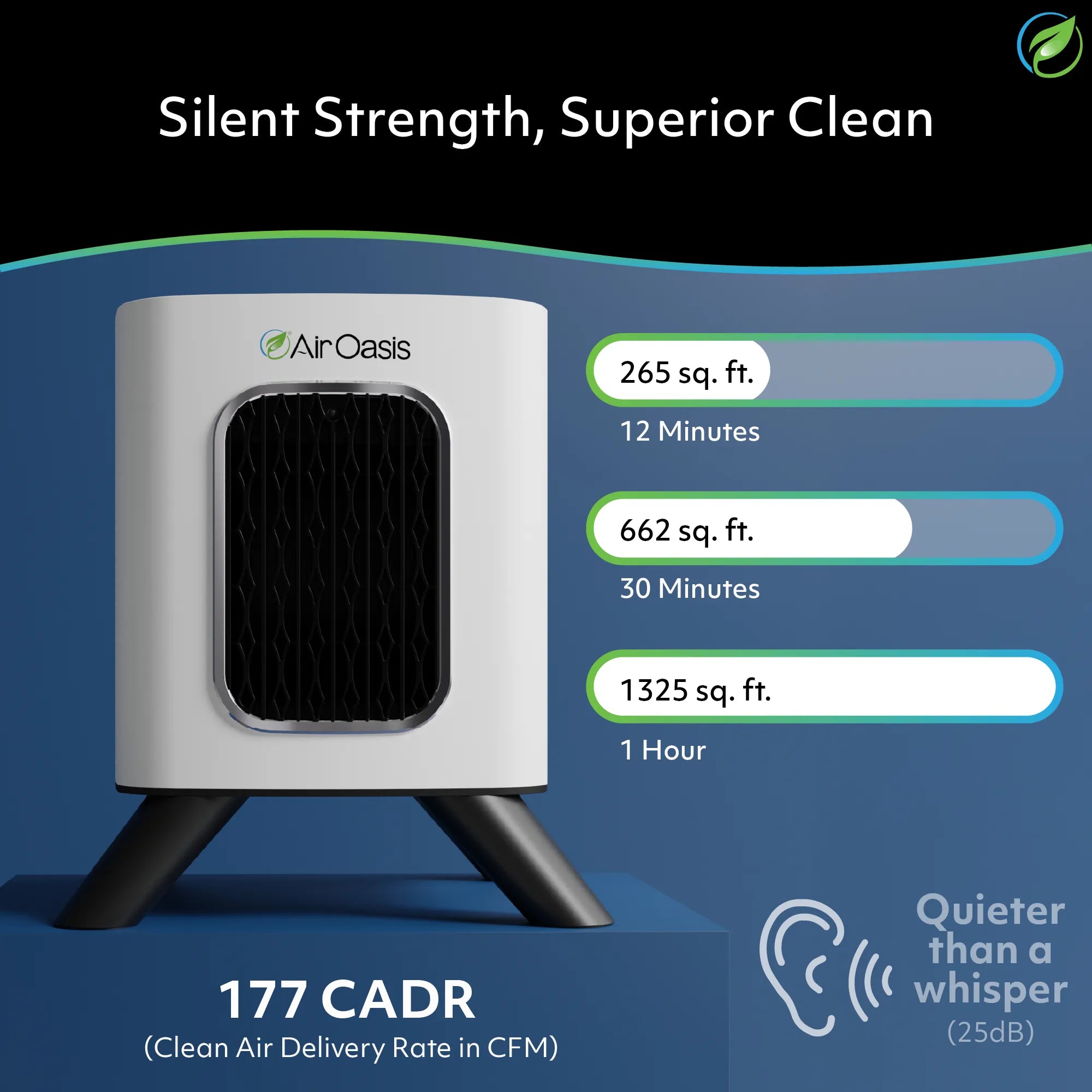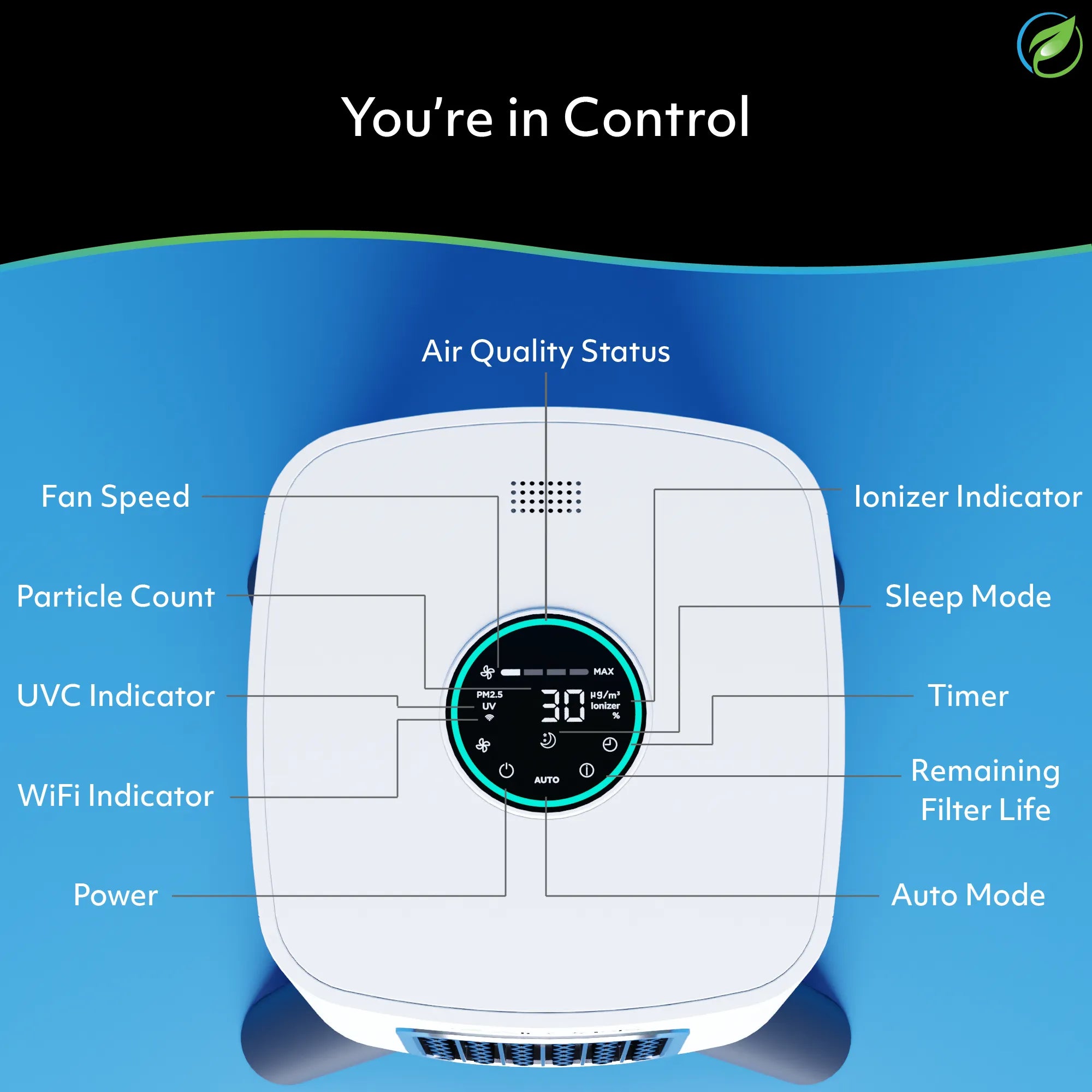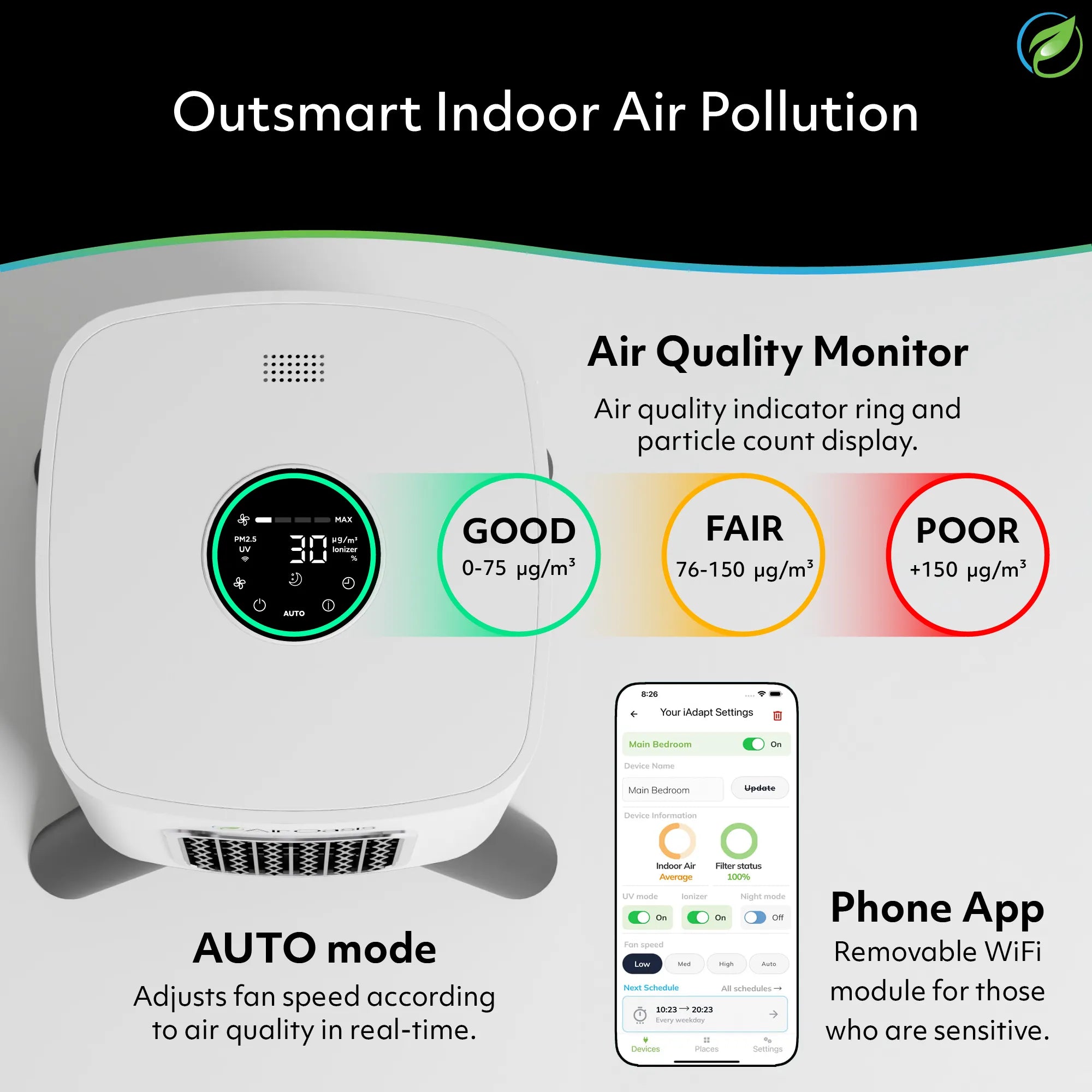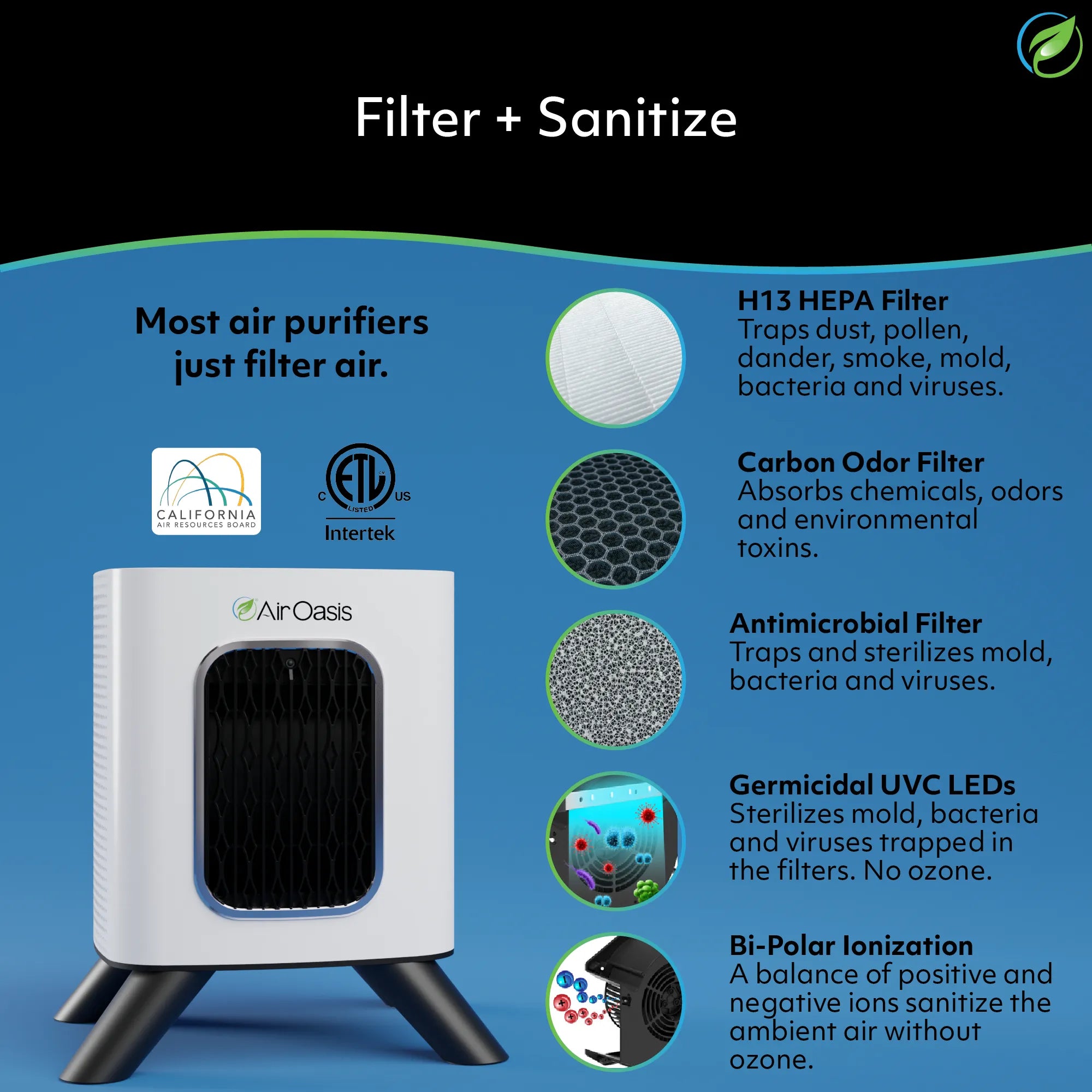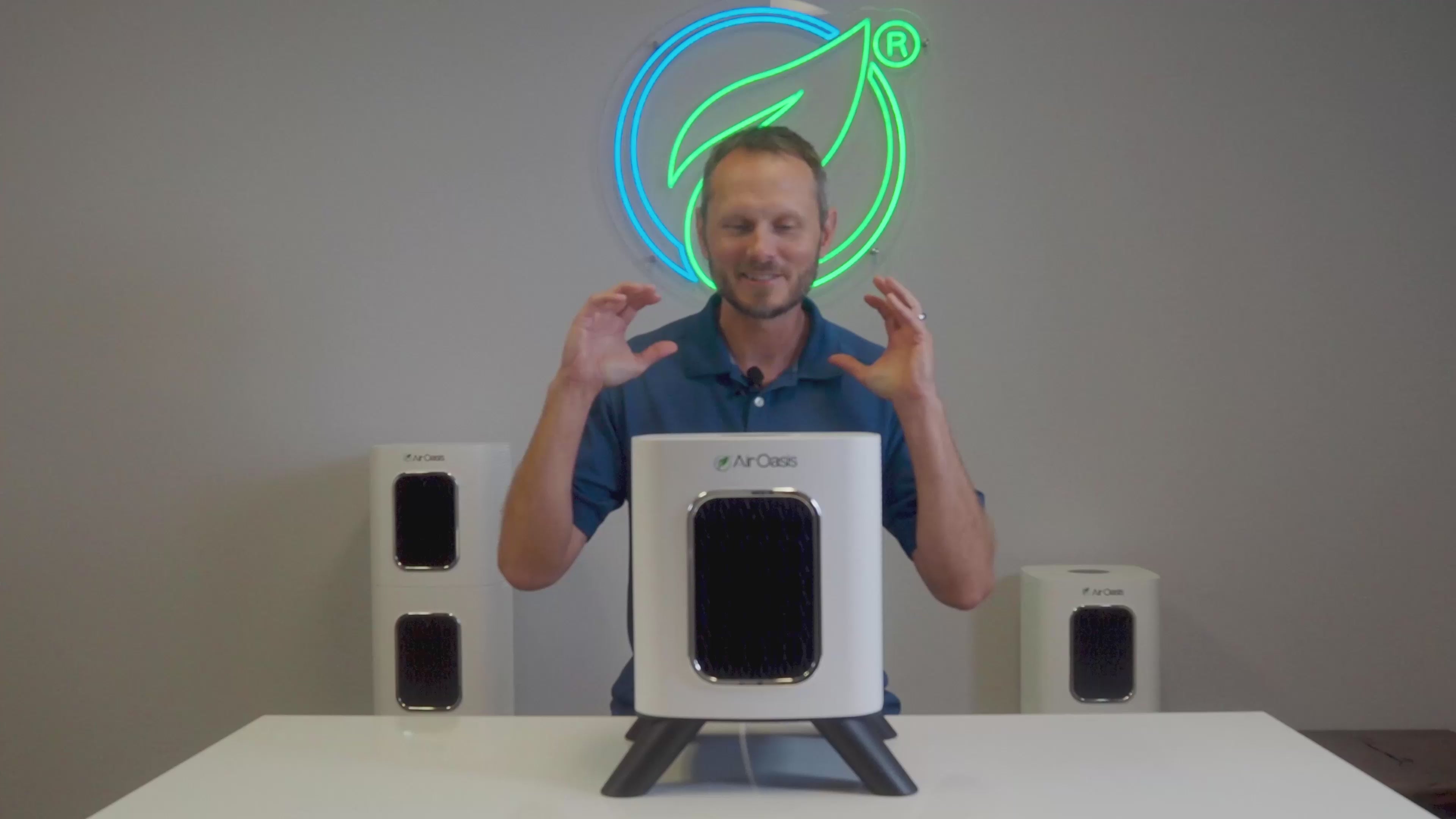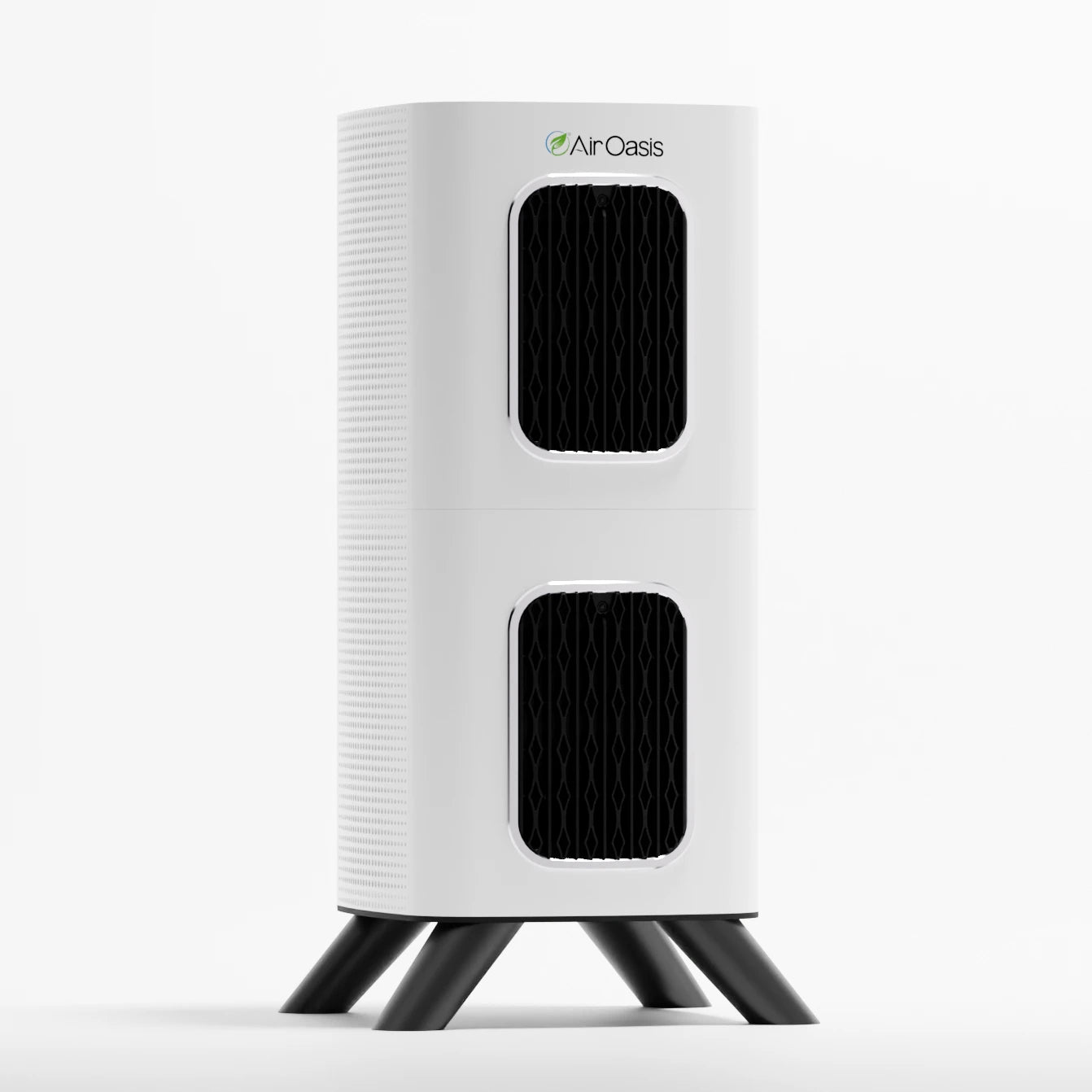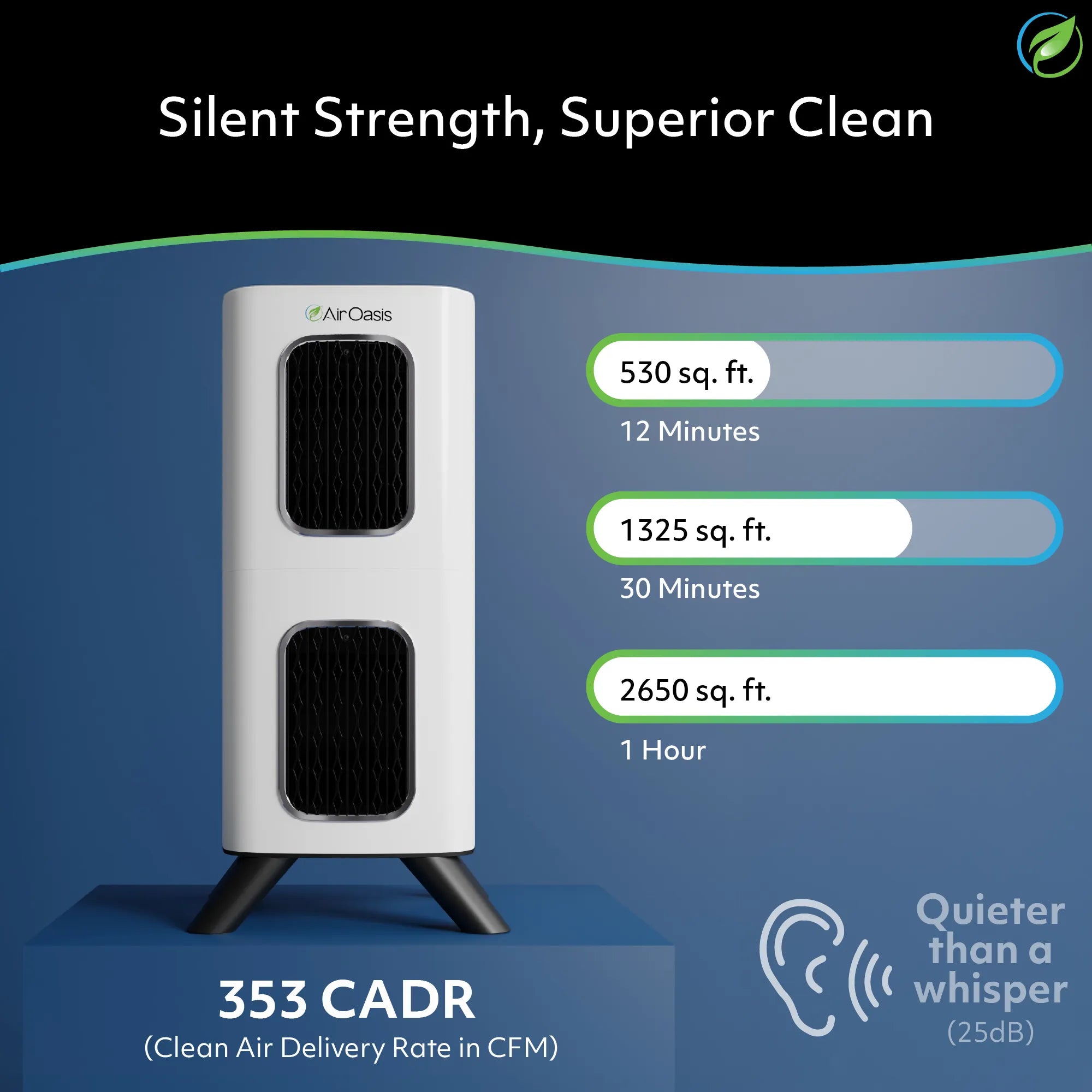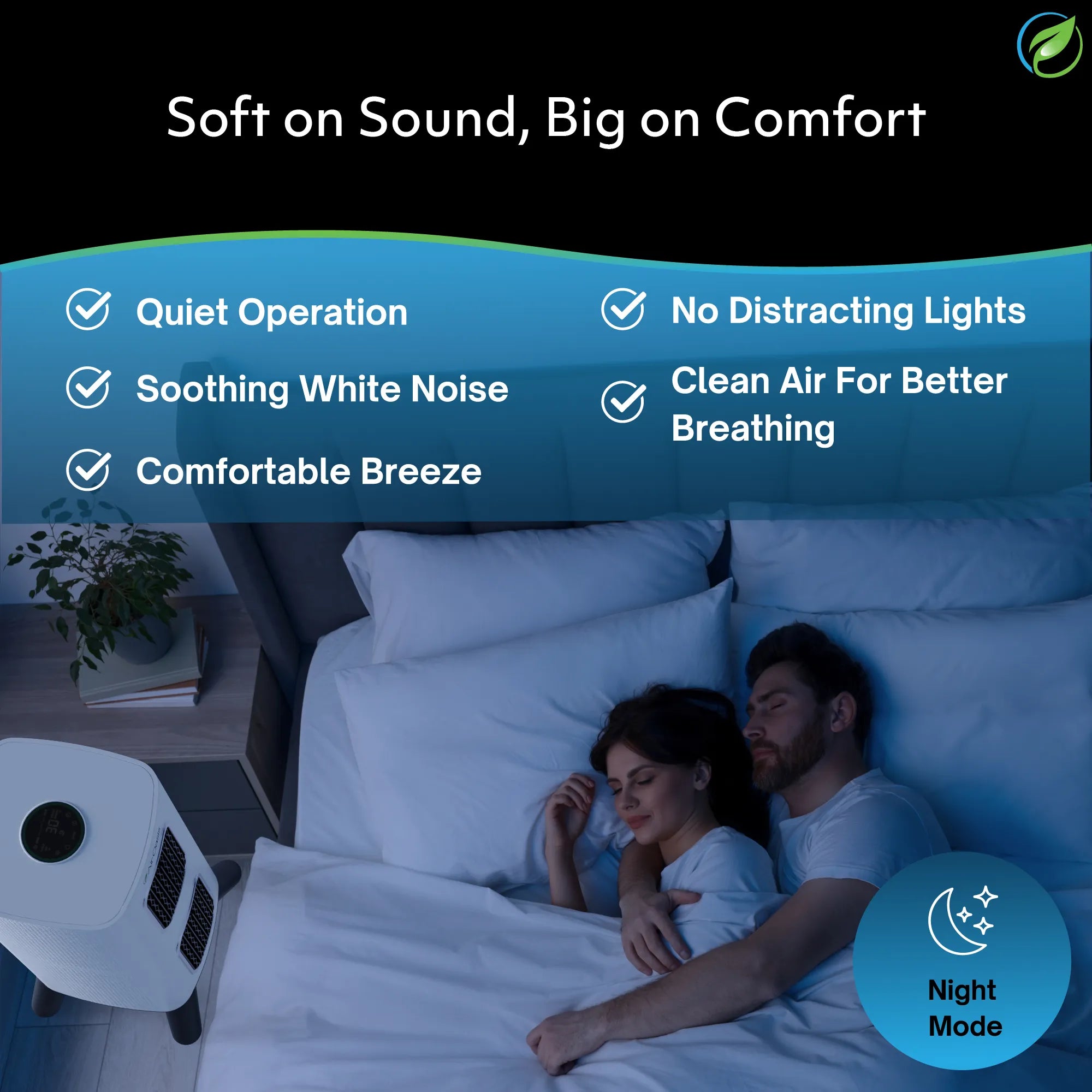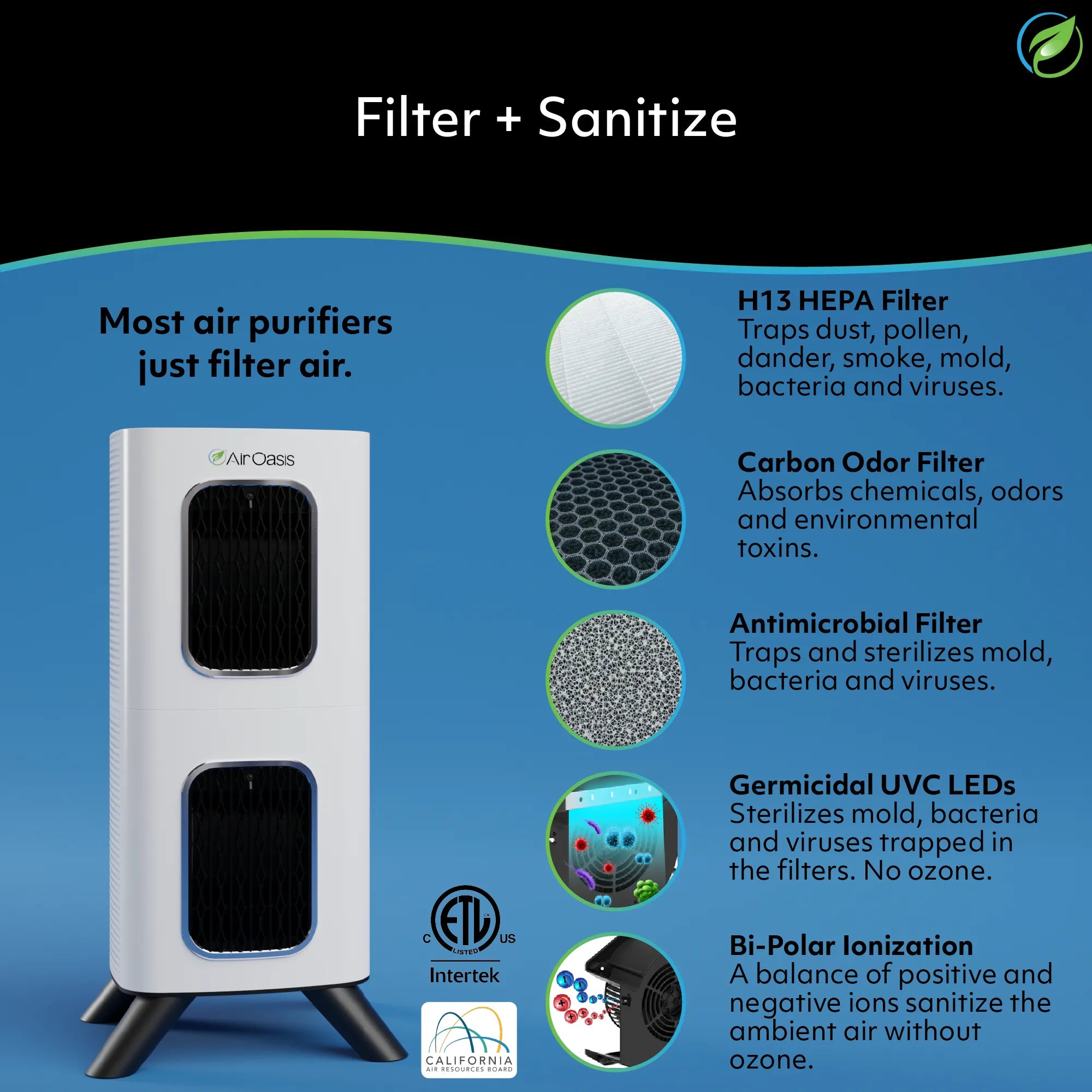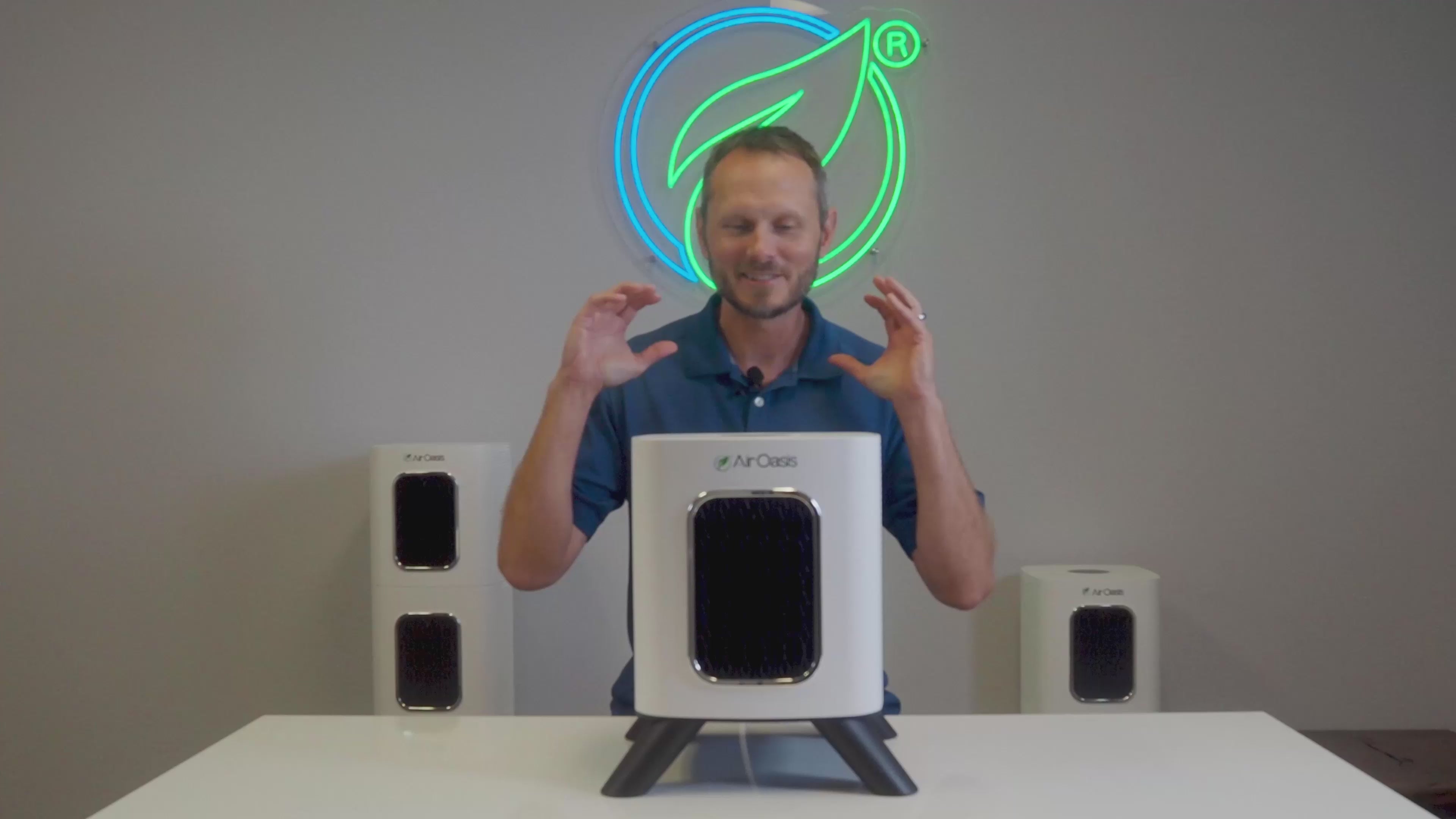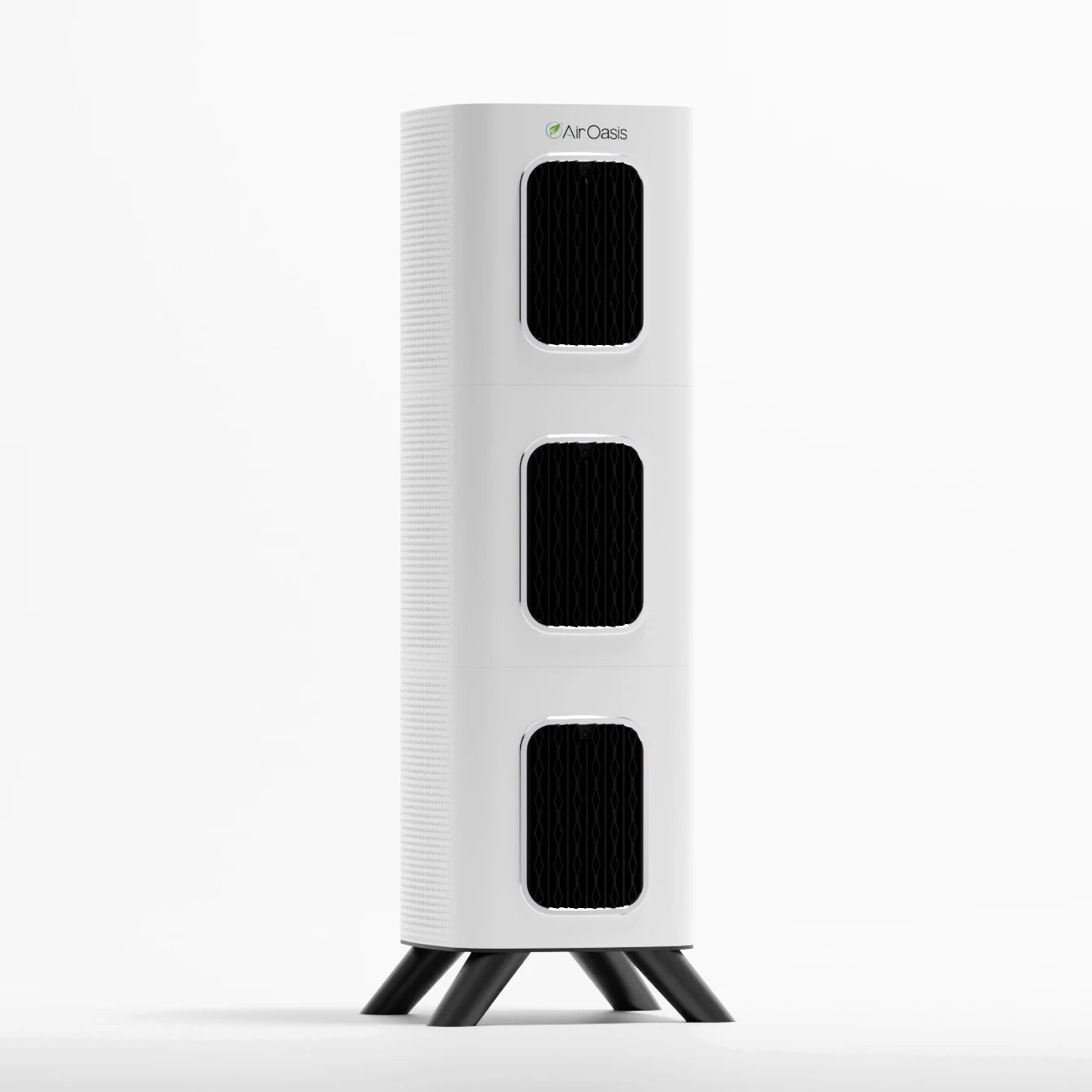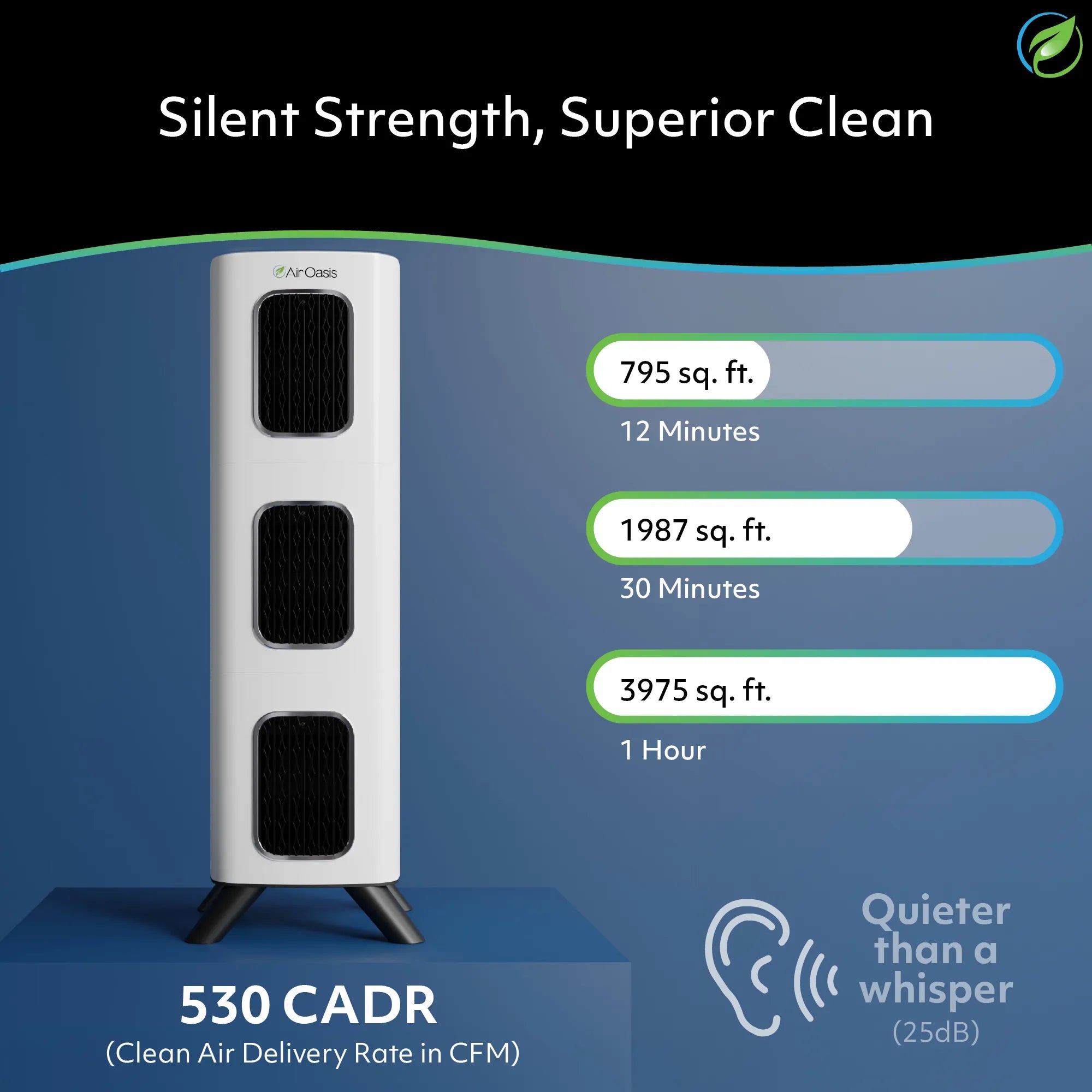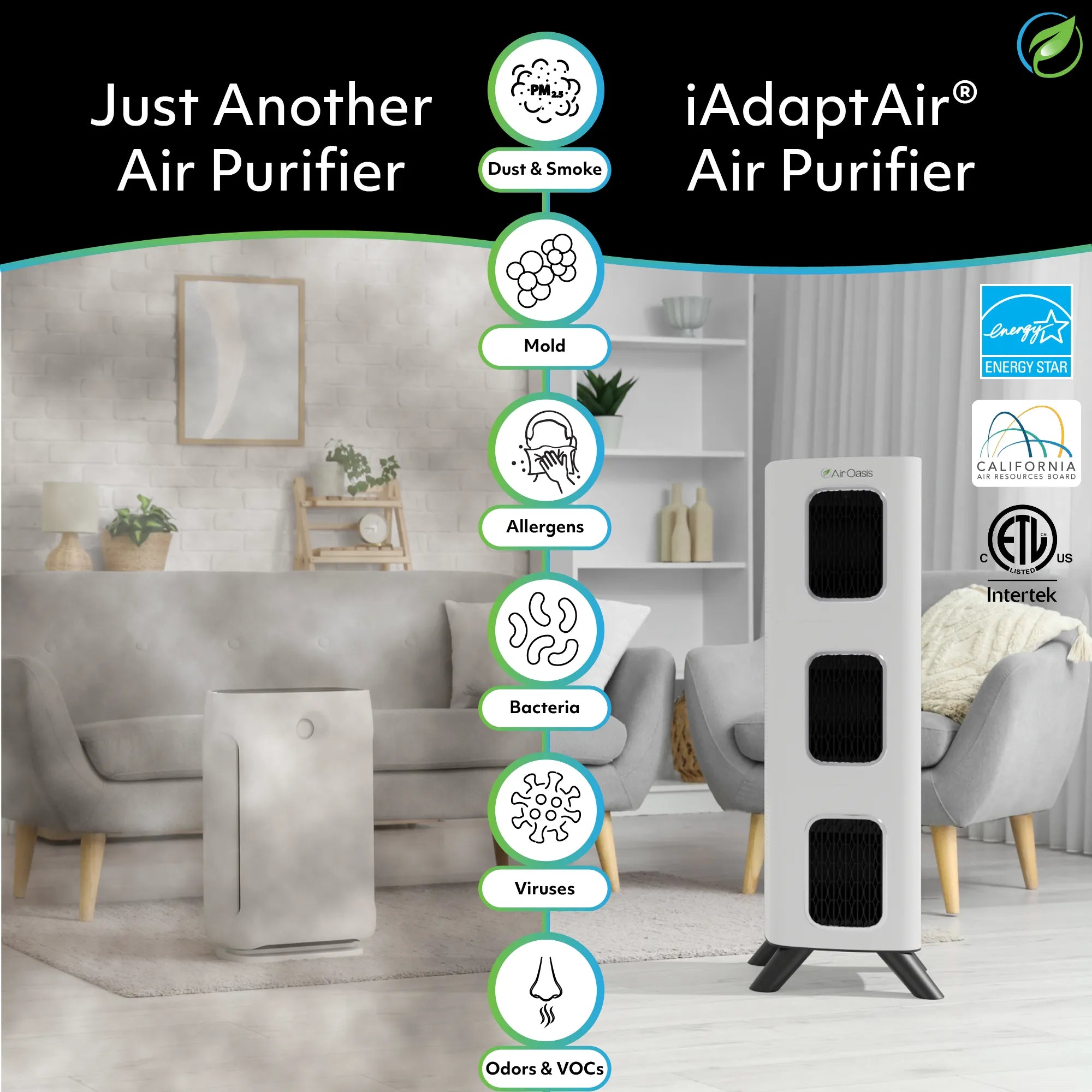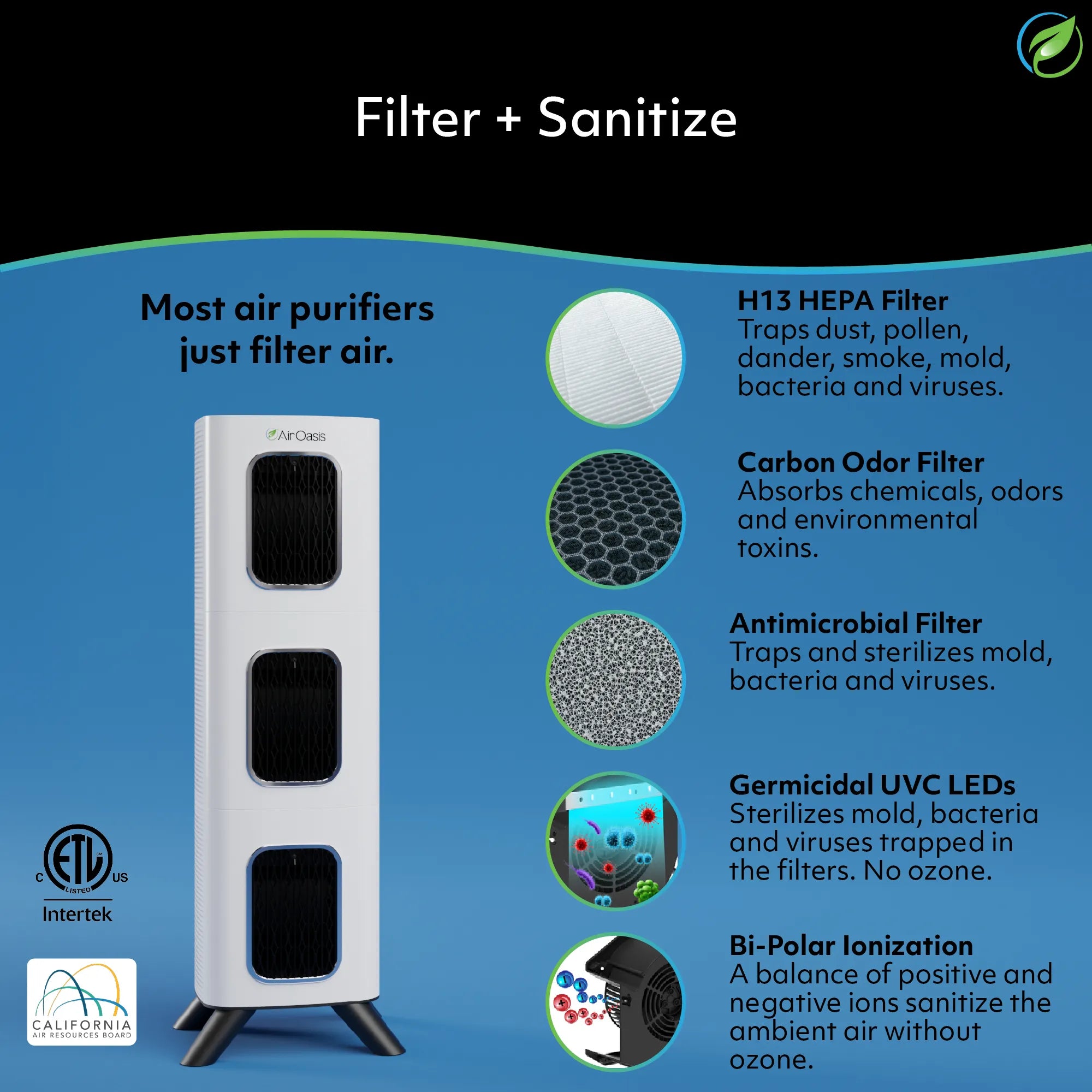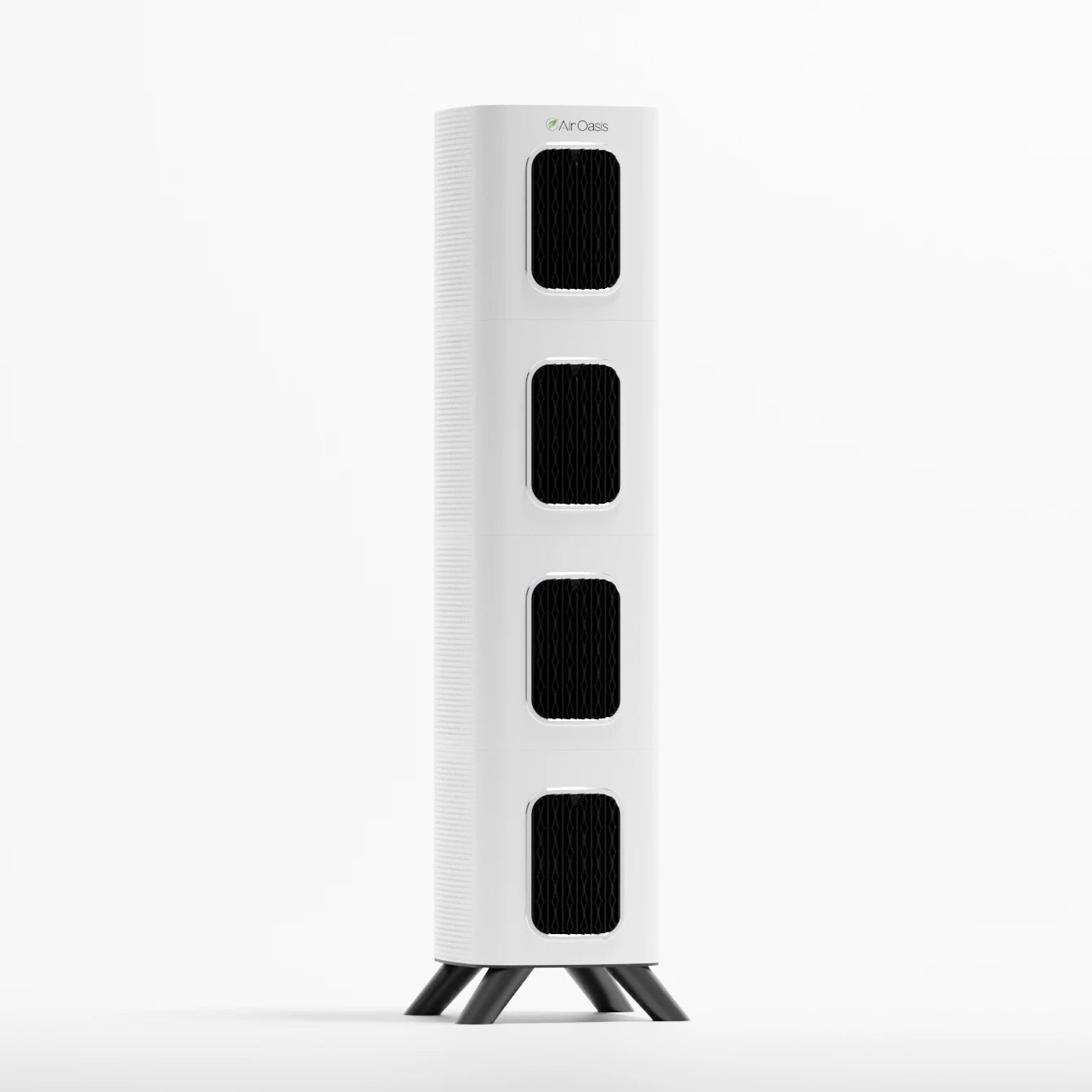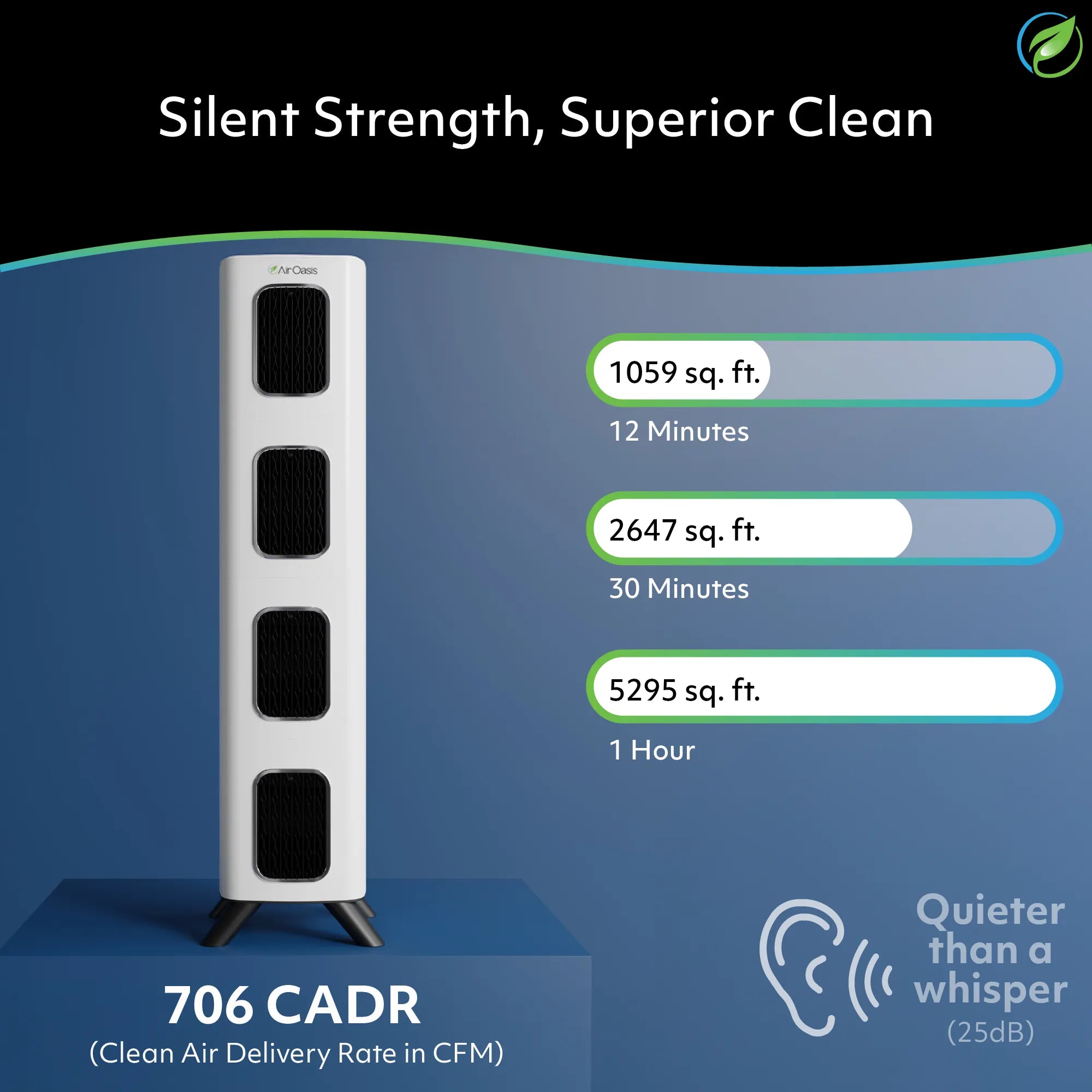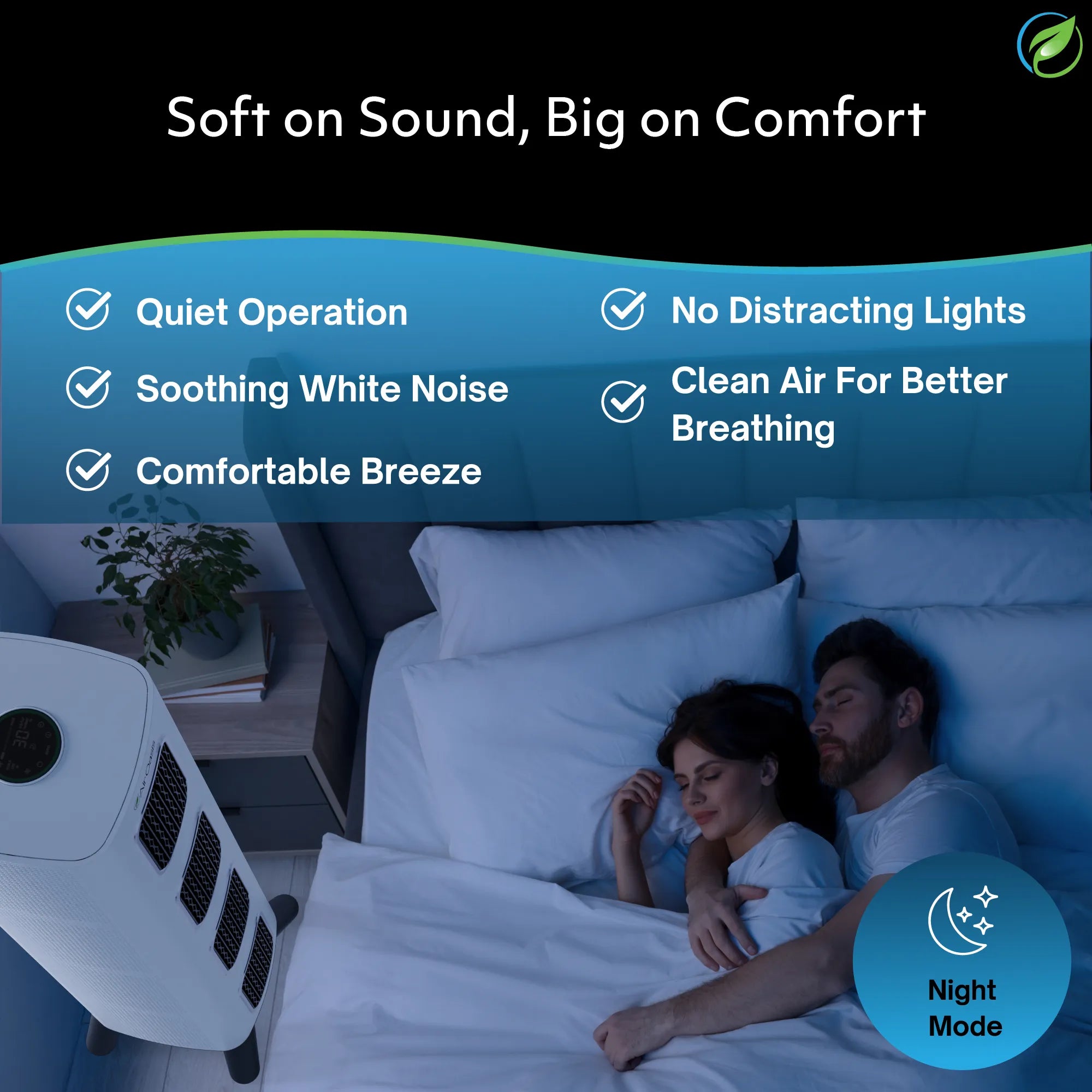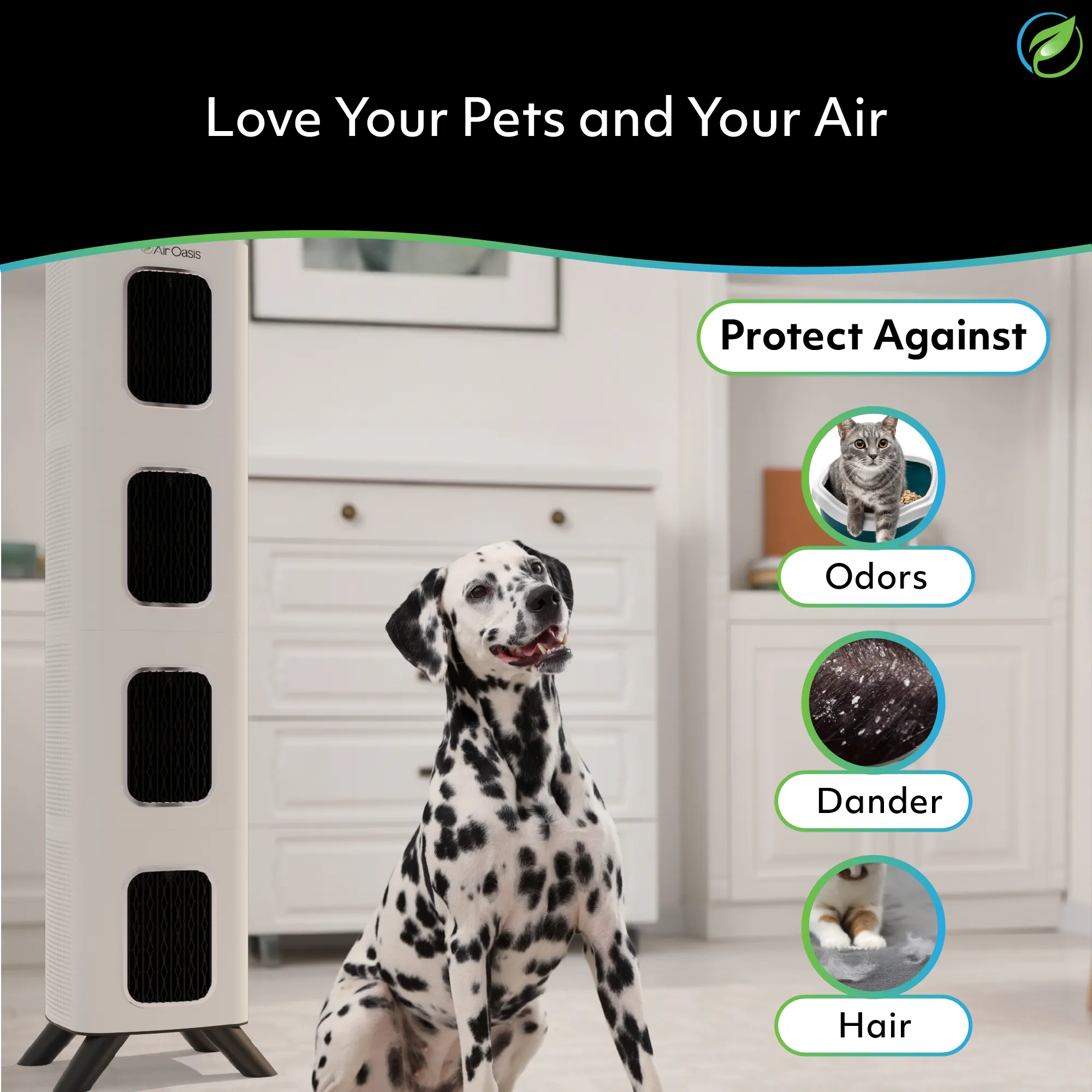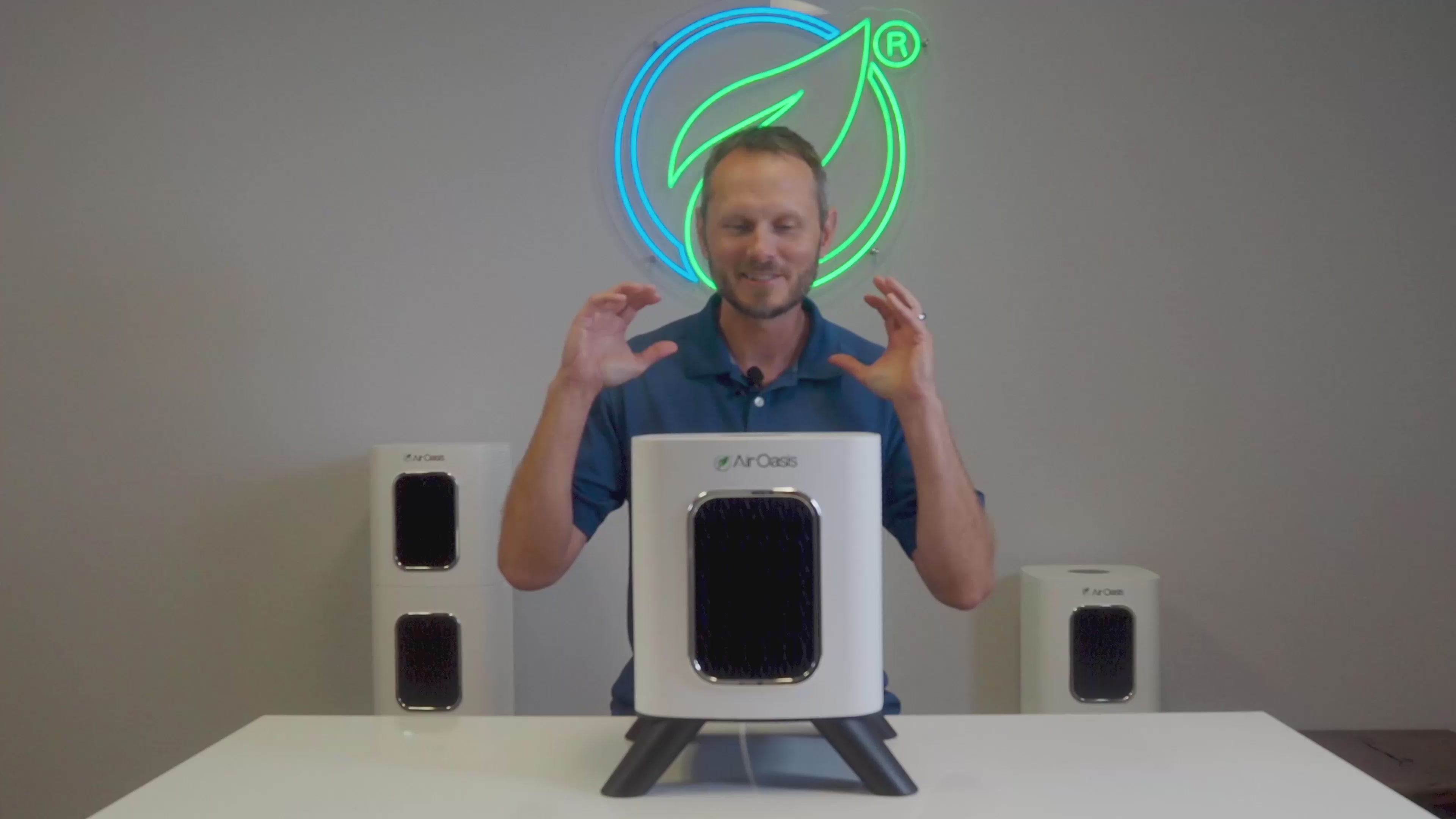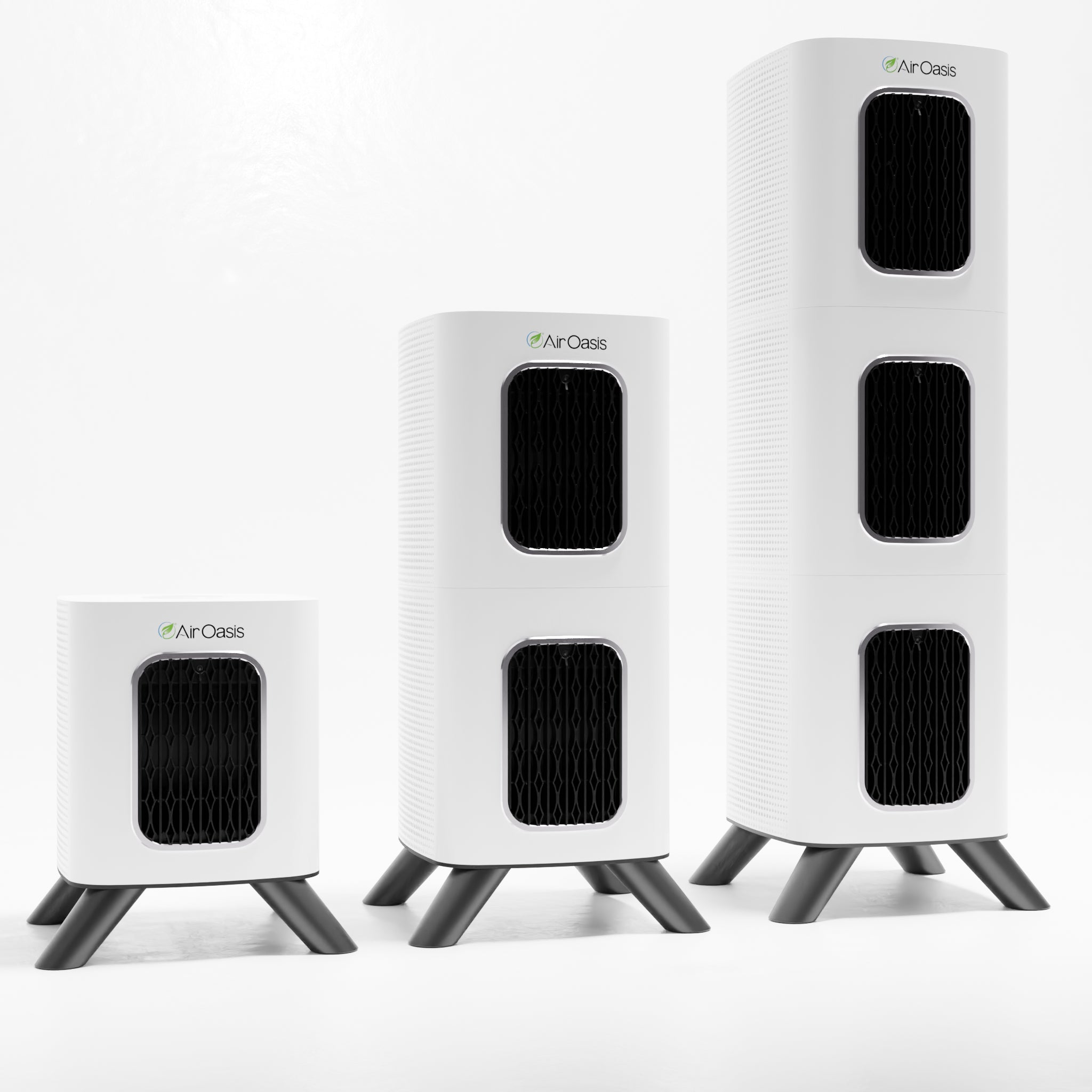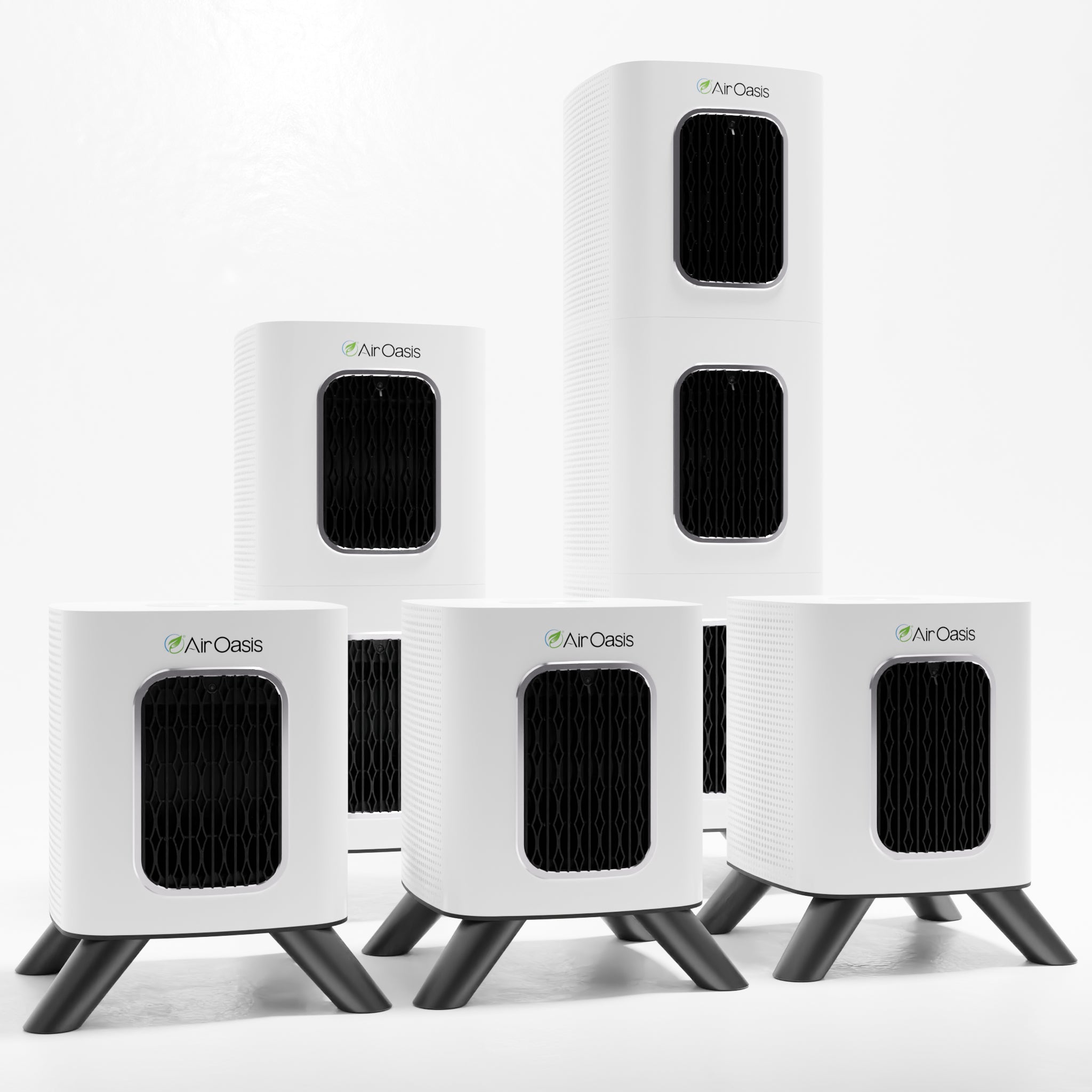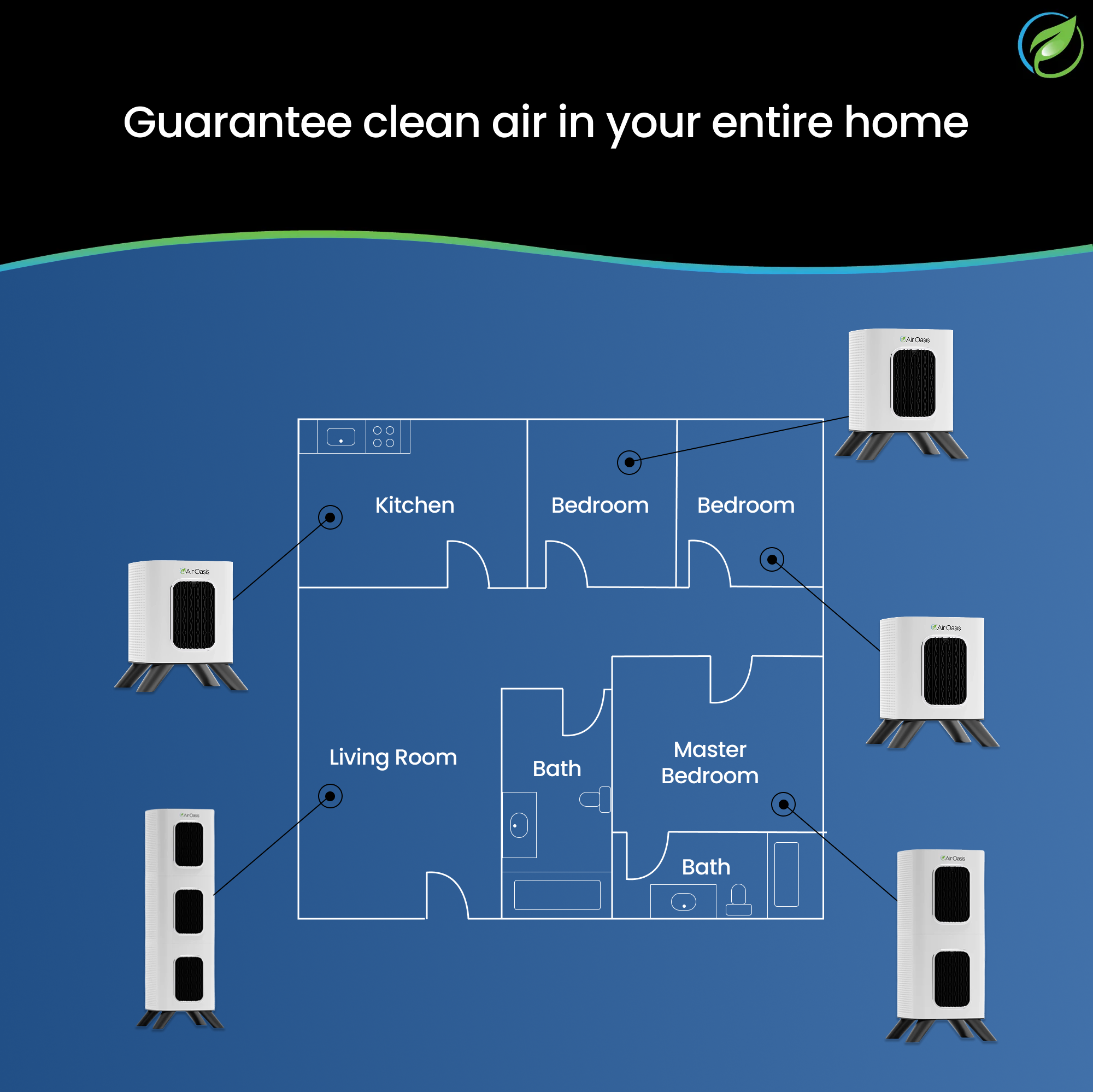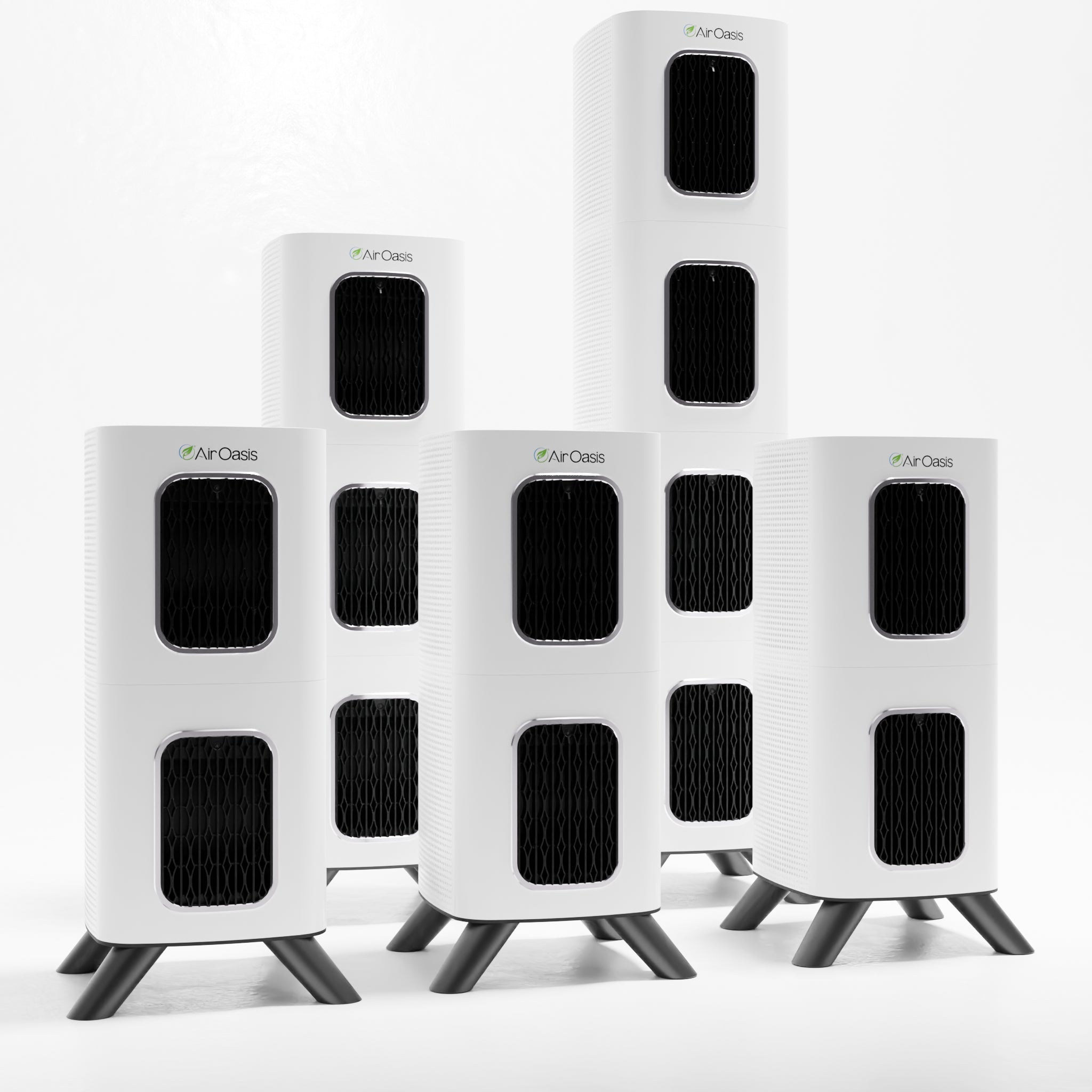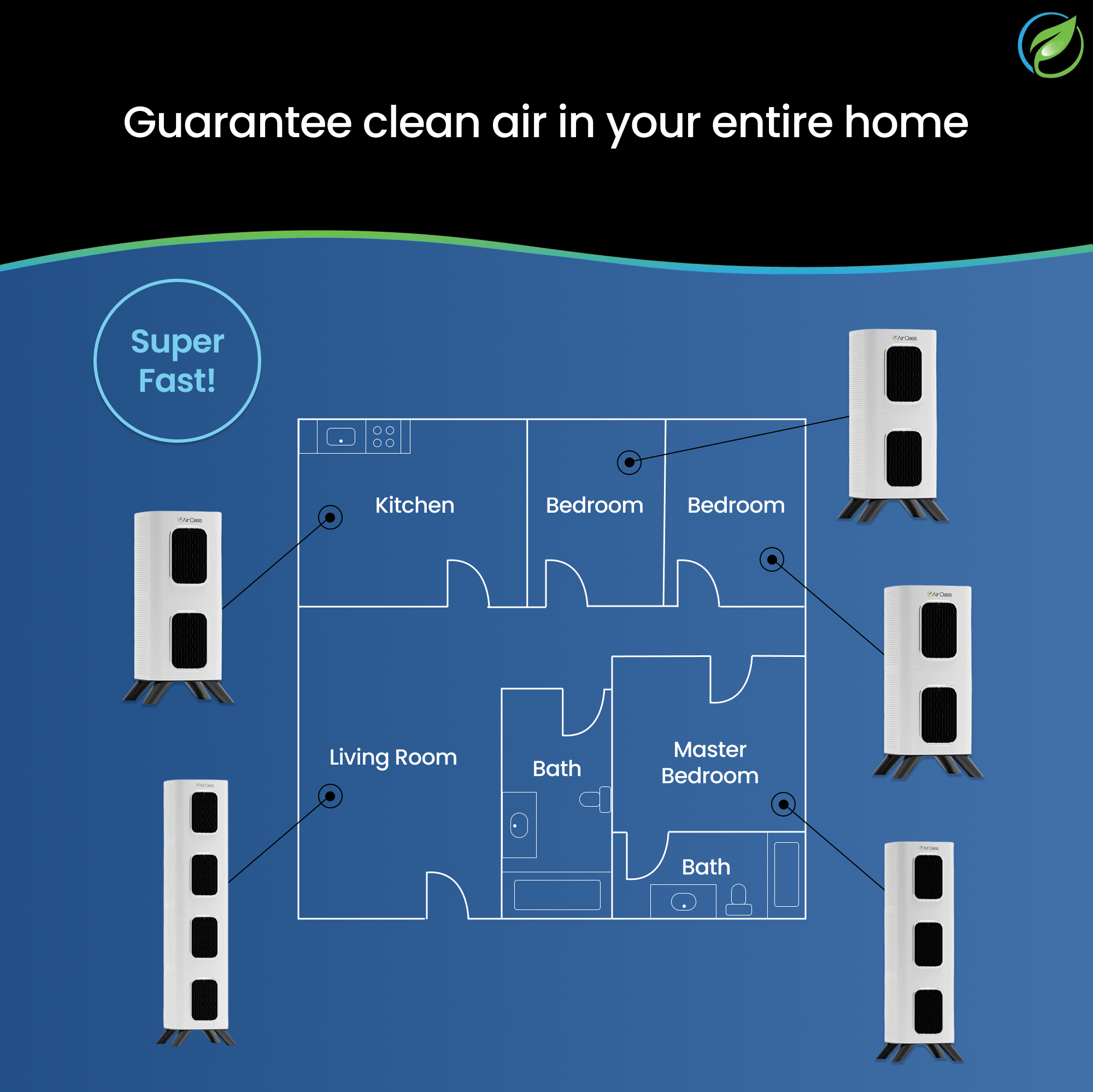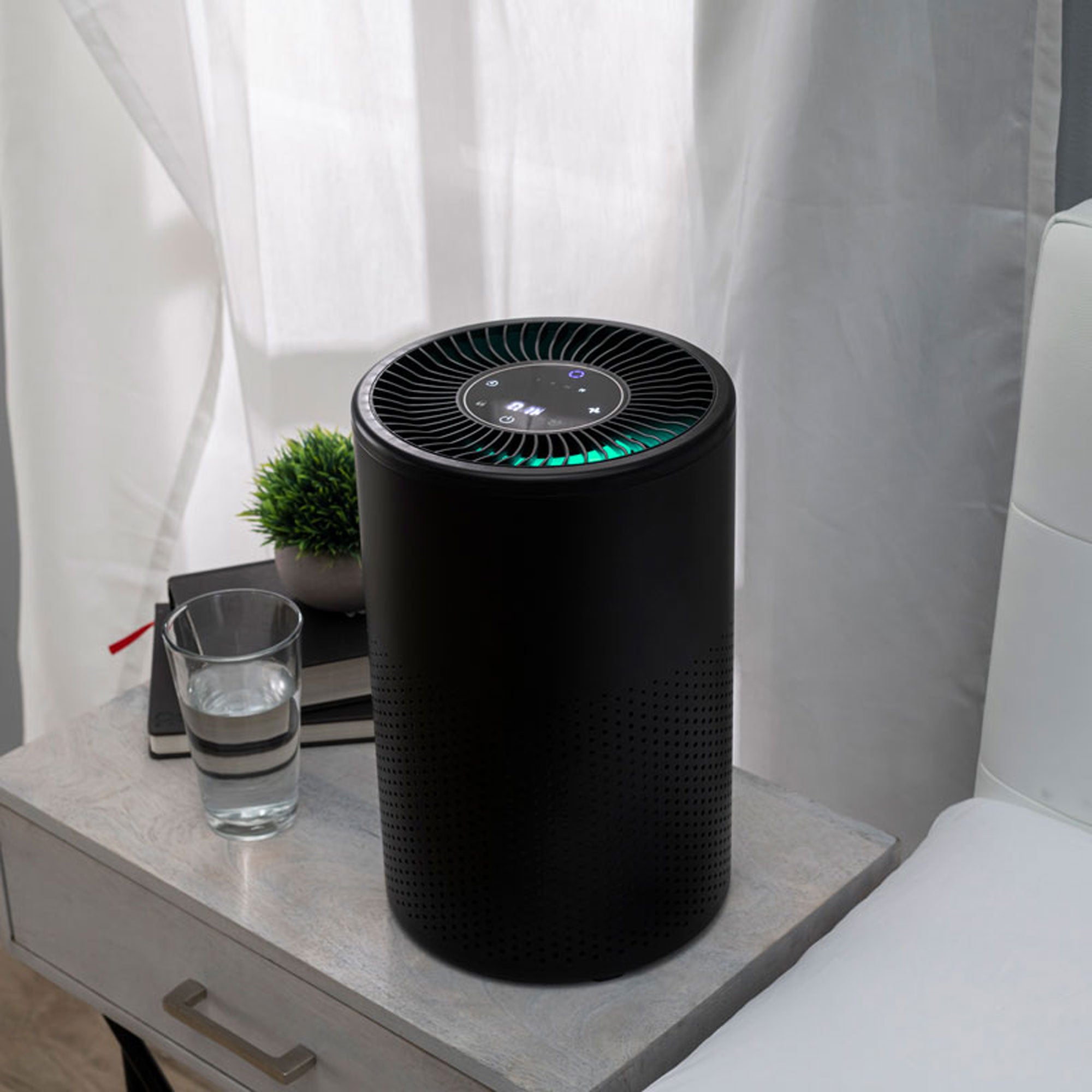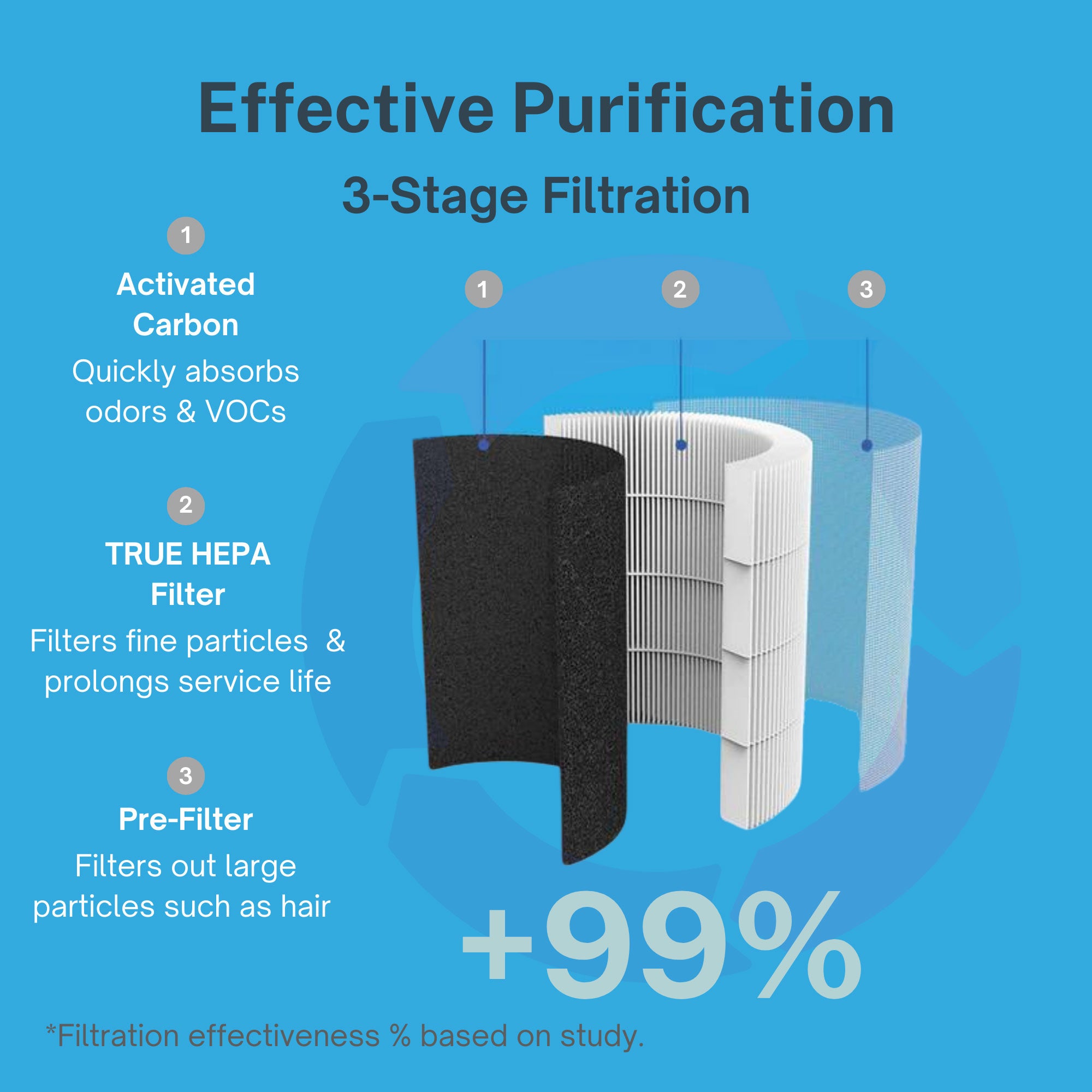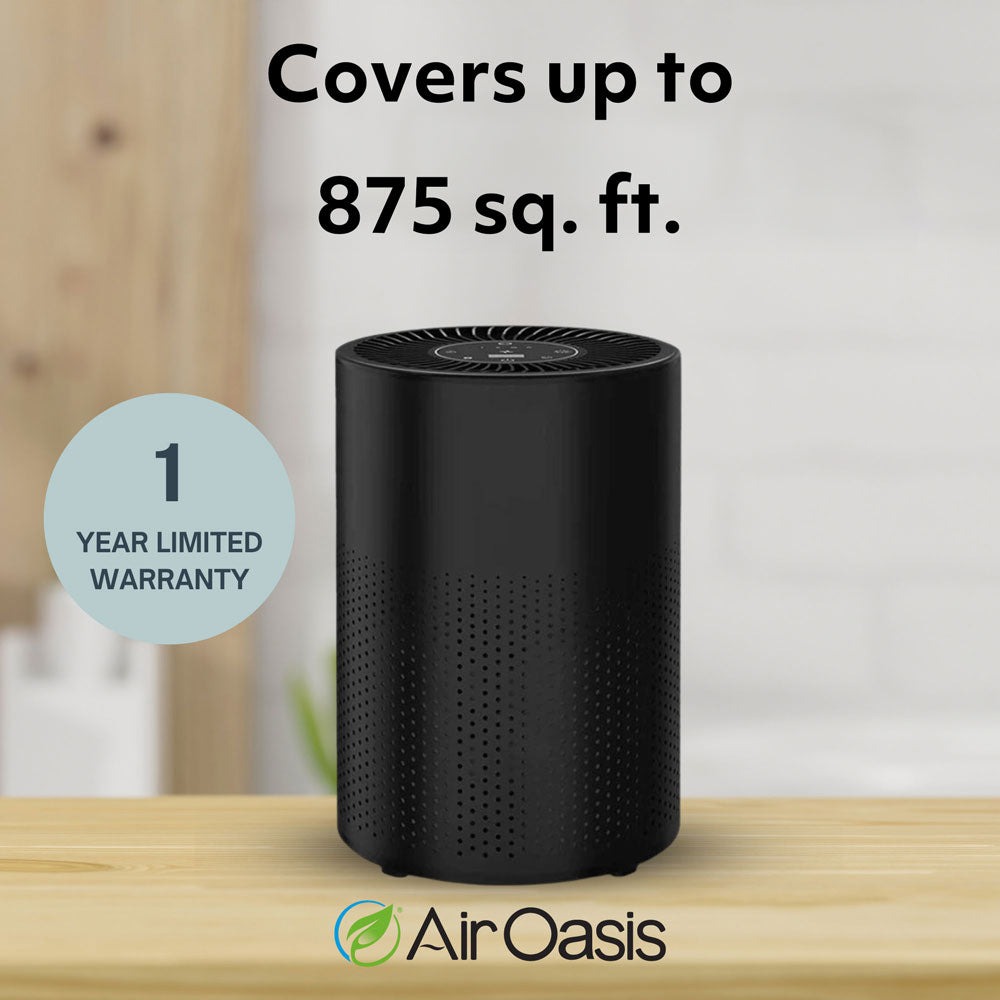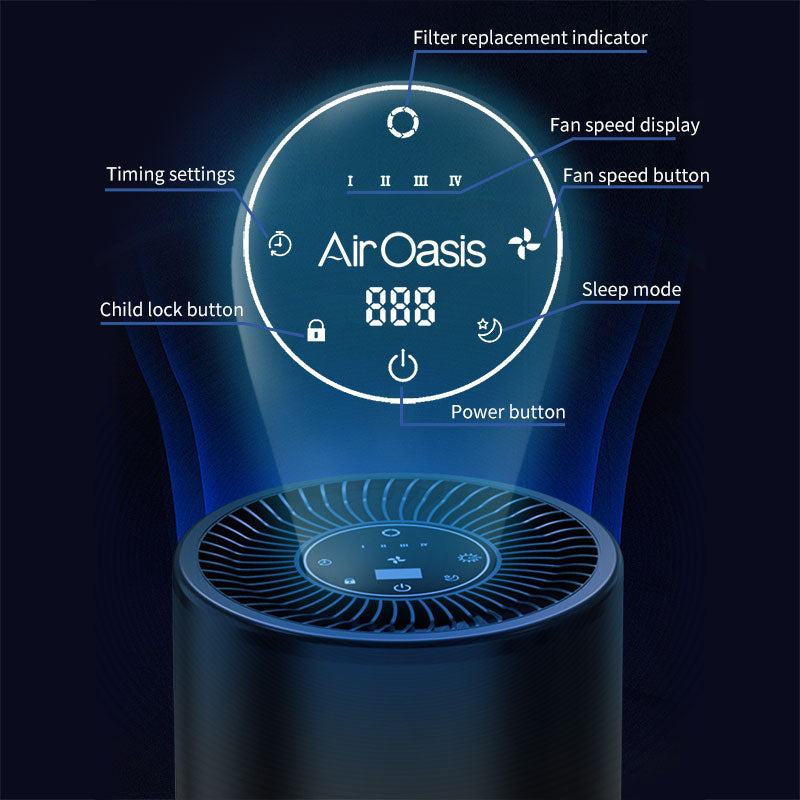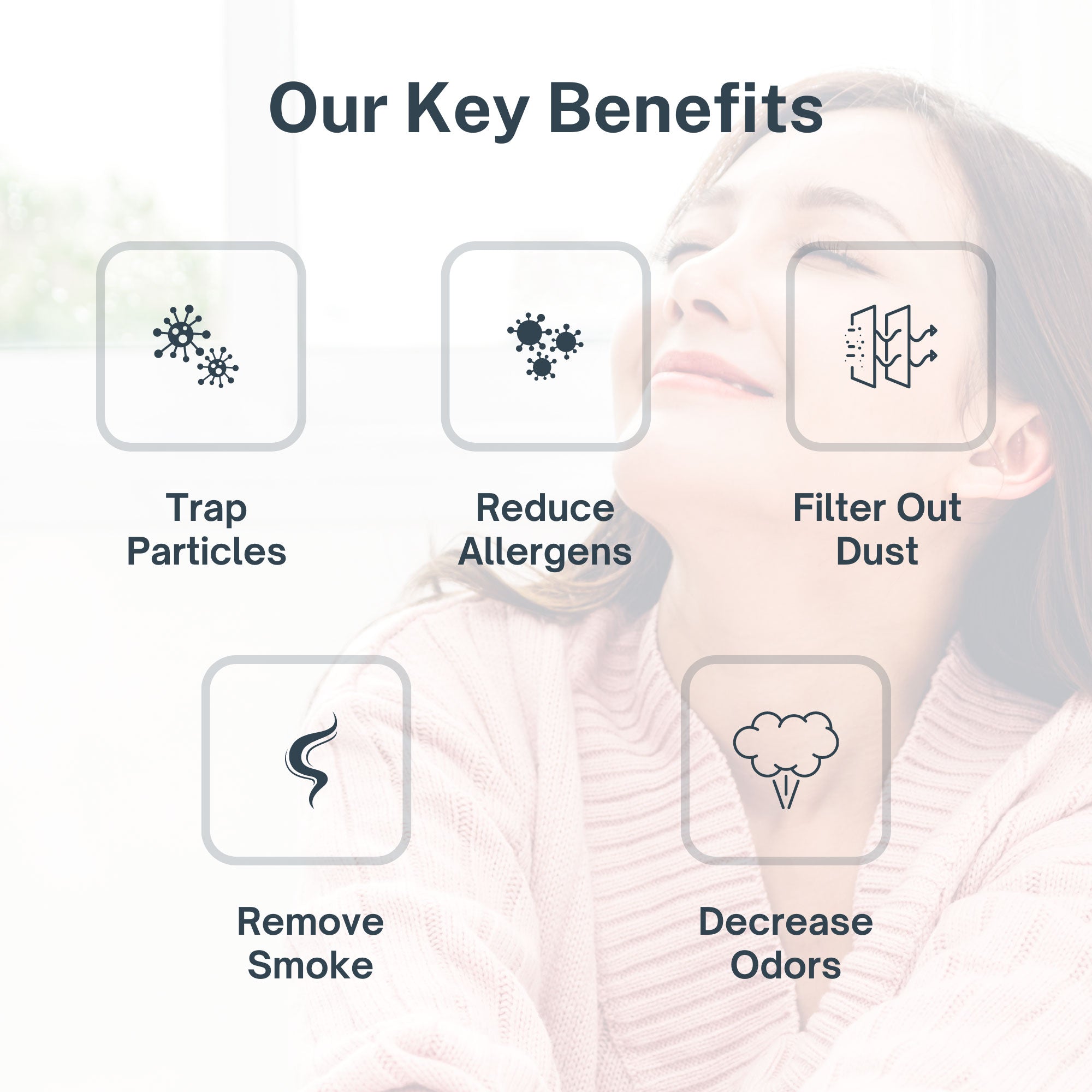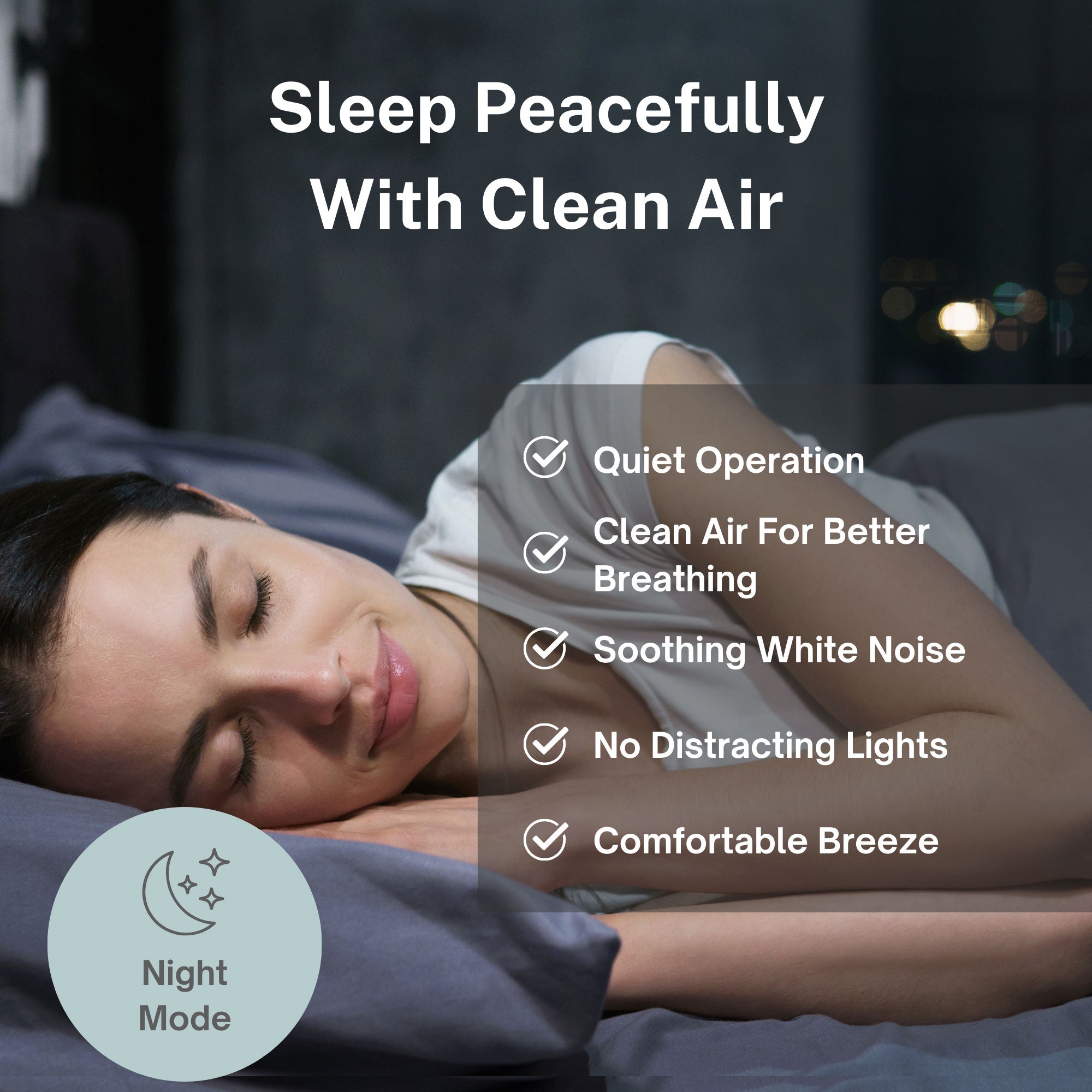Nitrogen dioxide appears in discussions about air quality, traffic pollution, and environmental health—but what exactly does this term mean, and why should you understand it?
Understanding Nitrogen Dioxide
Nitrogen dioxide (NO2) is a reddish-brown gas with a sharp, acrid odor that forms as a byproduct of combustion processes. NO2 belongs to a group of highly reactive gases known as nitrogen oxides (NOx), which form when fuel burns at high temperatures.
The primary sources of NO2 emissions include motor vehicles, power plants, industrial facilities, and any process that involves burning fossil fuels. In urban environments, vehicular traffic represents the dominant source of nitrogen dioxide, making roadway proximity a significant factor in individual exposure levels.
When scientists and public health officials refer to "NO2 concentrations," they're measuring the amount of nitrogen dioxide present in a specific volume of air, typically expressed in parts per billion (ppb) or micrograms per cubic meter (µg/m³). These measurements quantify how much of this pollutant exists in the air we breathe at any given time and location.
How NO2 Concentrations Are Measured
Air quality monitoring stations across the United States continuously measure NO2 concentrations using specialized instruments that detect the gas in ambient air. The EPA's Air Quality System maintains over 4,000 monitoring sites nationwide, collecting real-time data on various pollutants including nitrogen dioxide.
These monitoring networks provide both hourly measurements and annual averages, allowing researchers and regulators to track both short-term spikes—such as those occurring during rush hour traffic—and long-term exposure patterns that may affect public health over years or decades.
Current EPA standards establish that NO2 concentrations should not exceed 100 ppb when averaged over one hour, and annual mean concentrations should remain below 53 ppb. However, recent research suggests that health effects may occur at levels below these regulatory thresholds, raising questions about whether existing standards adequately protect public health.
Geographic Variation in NO2 Levels
NO2 concentrations vary significantly based on location and local emission sources. Urban areas with heavy traffic consistently show higher concentrations than rural regions with fewer vehicles and industrial sources. Proximity to major roadways creates particularly elevated exposure, with concentrations often two to three times higher within 300 feet of busy highways compared to residential areas farther from traffic.
Weather conditions also influence NO2 concentrations. Temperature inversions can trap pollutants close to ground level, while wind patterns may disperse or concentrate nitrogen dioxide depending on local geography. Seasonal variations occur as well, with some regions experiencing higher concentrations during colder months when heating systems contribute additional combustion-related emissions.
Even within the same city, NO2 exposure can differ substantially between neighborhoods based on traffic density, industrial activity, and geographic features that affect air circulation.
Health Implications of NO2 Exposure
Understanding NO2 concentrations matters because exposure to nitrogen dioxide affects respiratory health. Short-term exposure to elevated concentrations can irritate airways, trigger asthma symptoms, and increase susceptibility to respiratory infections. Long-term exposure to moderate concentrations has been linked to decreased lung function, increased respiratory symptoms, and higher rates of chronic respiratory diseases.
Recent research has expanded understanding of NO2's health impacts beyond the respiratory system. Studies now suggest connections between chronic nitrogen dioxide exposure and cardiovascular outcomes, cognitive function, and even cancer risk. The pollutant also contributes to the formation of other harmful air pollutants, including ground-level ozone and fine particulate matter, amplifying its overall health impact.
Children, elderly individuals, and people with existing respiratory or cardiovascular conditions face heightened vulnerability to NO2 exposure. For these populations, even concentrations within current regulatory limits may produce measurable health effects.
Reducing Indoor NO2 Exposure
While outdoor NO2 concentrations depend largely on traffic patterns and industrial activity beyond individual control, indoor air quality remains manageable. Gas stoves, furnaces, and water heaters can release nitrogen dioxide inside homes, making proper ventilation essential. However, outdoor NO2 also infiltrates indoor spaces, particularly in homes near busy roadways.
The iAdaptAir purification system incorporates activated carbon filtration specifically designed to adsorb gaseous pollutants including nitrogen dioxide. Unlike basic HEPA filters that only capture particulate matter, comprehensive air purification addresses both particles and gases, creating cleaner indoor air even when outdoor concentrations remain elevated.
For families living in urban areas or near major traffic corridors, reducing indoor NO2 concentrations becomes a practical strategy for limiting overall exposure. Advanced air purification technology provides a measurable way to create healthier indoor environments regardless of external pollution sources.
Take Control of Your Indoor Air
Understanding what NO2 concentrations are and how they affect health empowers better decisions about protecting your family. While you can't control traffic emissions or industrial pollution, you can create a cleaner indoor environment.
Invest in proven air purification technology that removes gaseous pollutants like nitrogen dioxide from your home. Shop Air Oasis today and breathe cleaner air where your family spends most of their time.






